
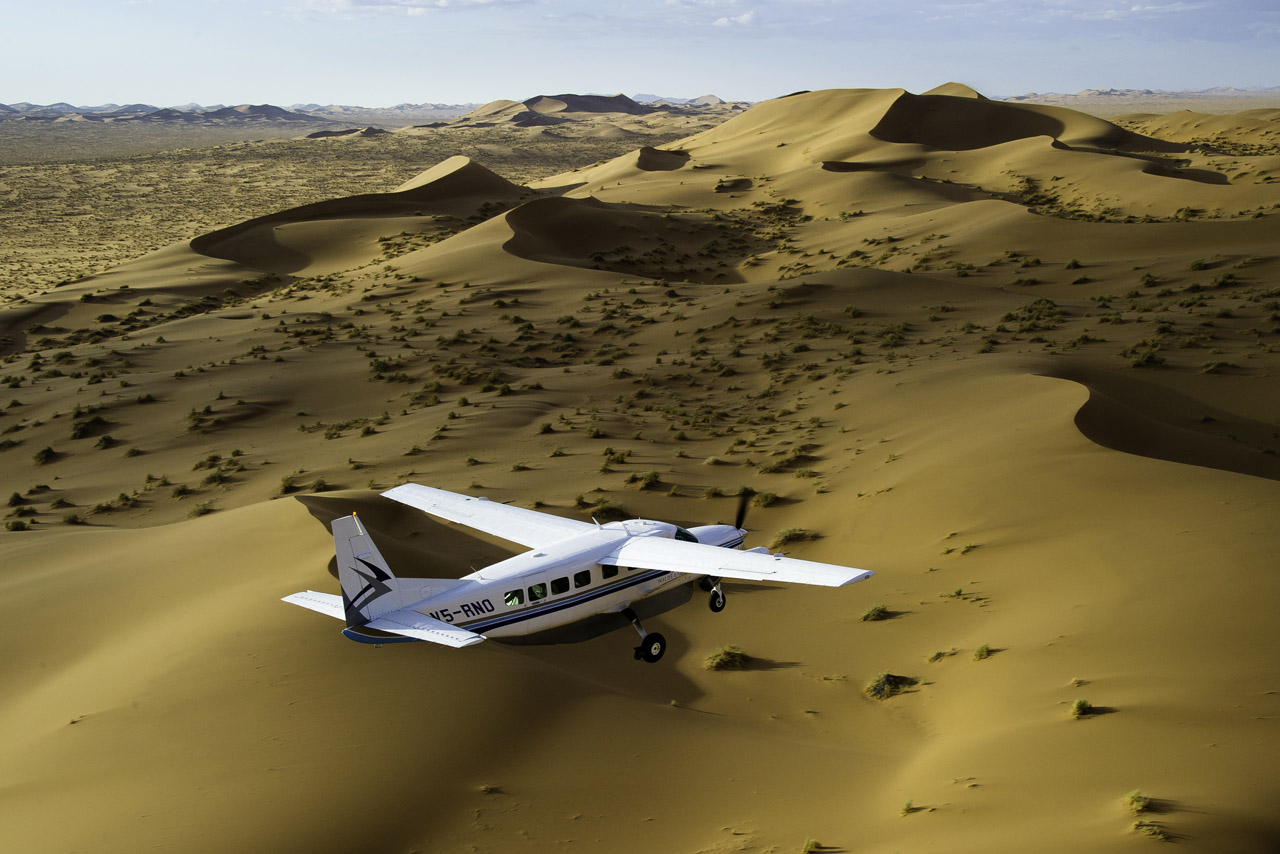
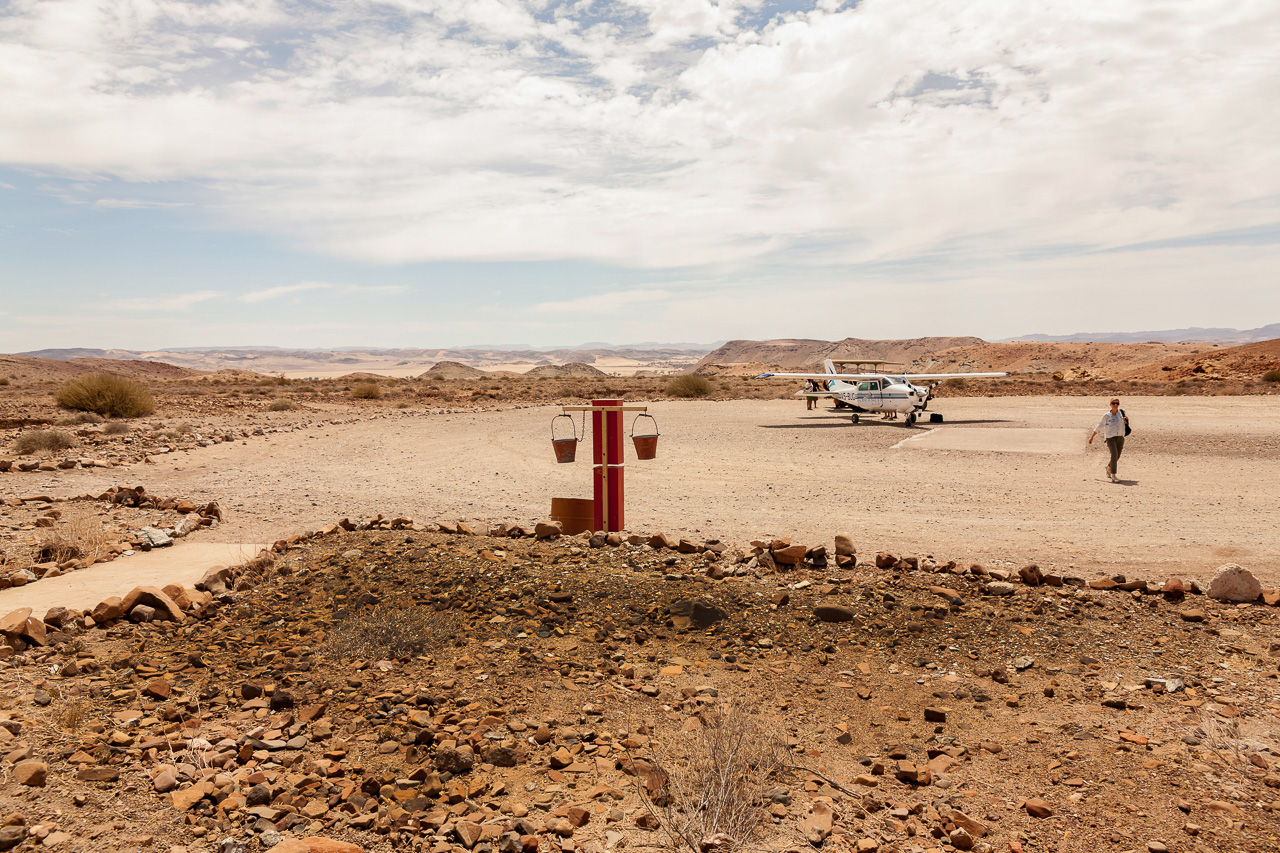
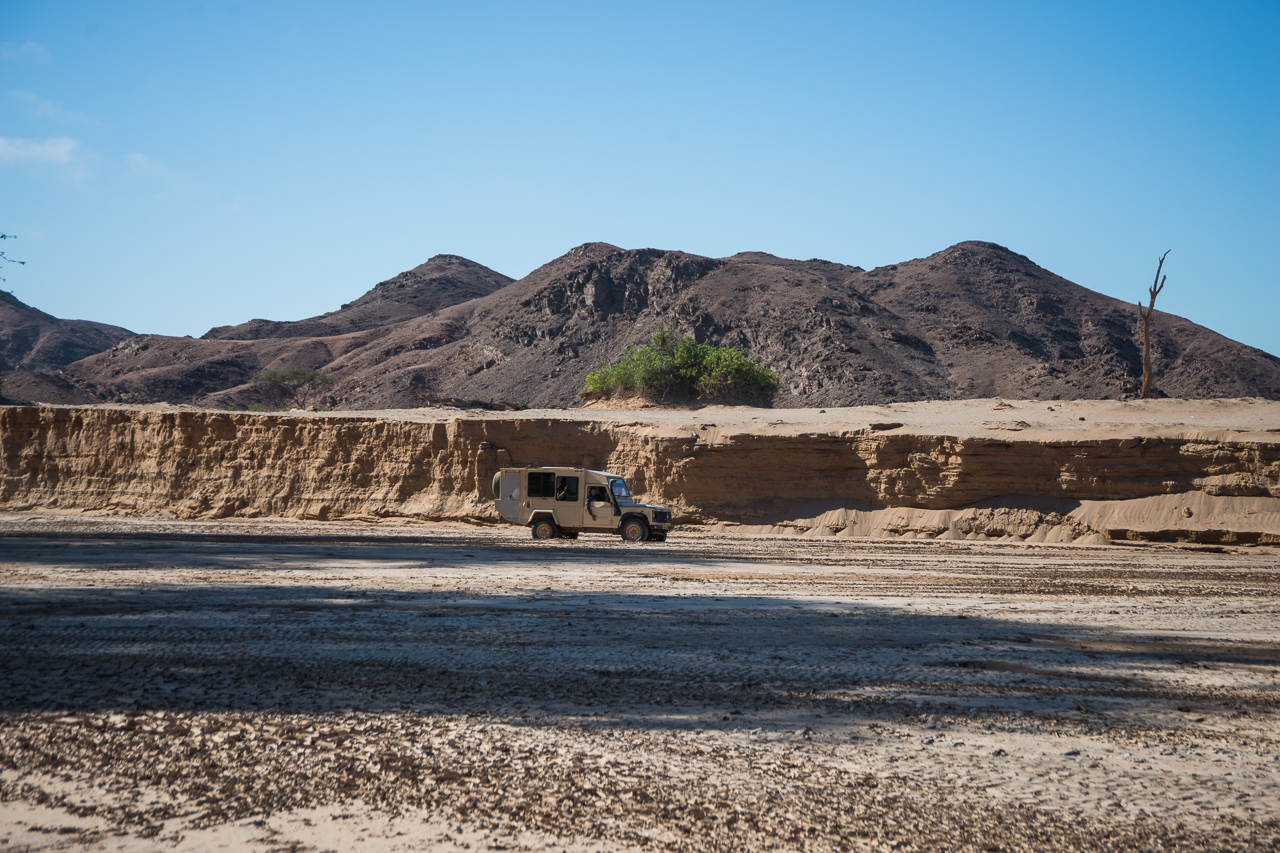
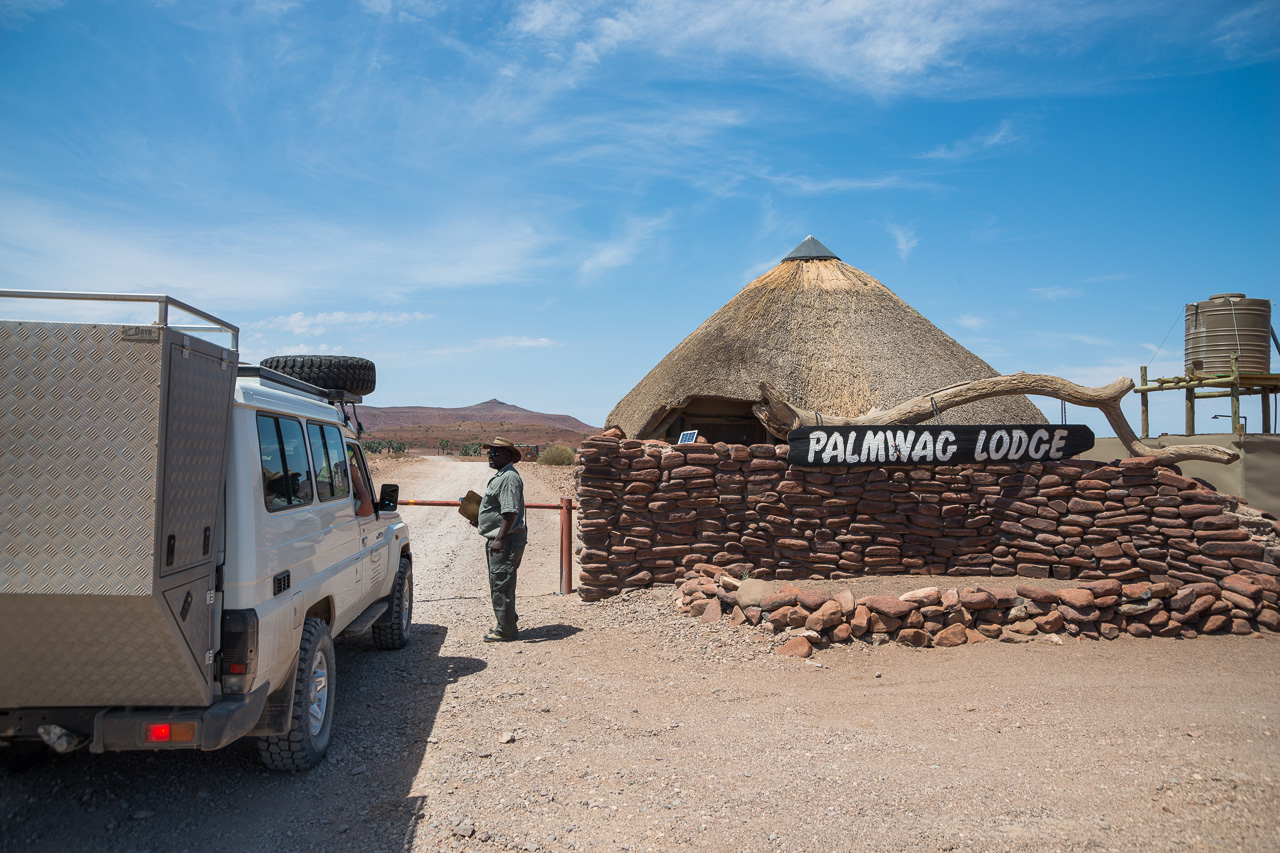

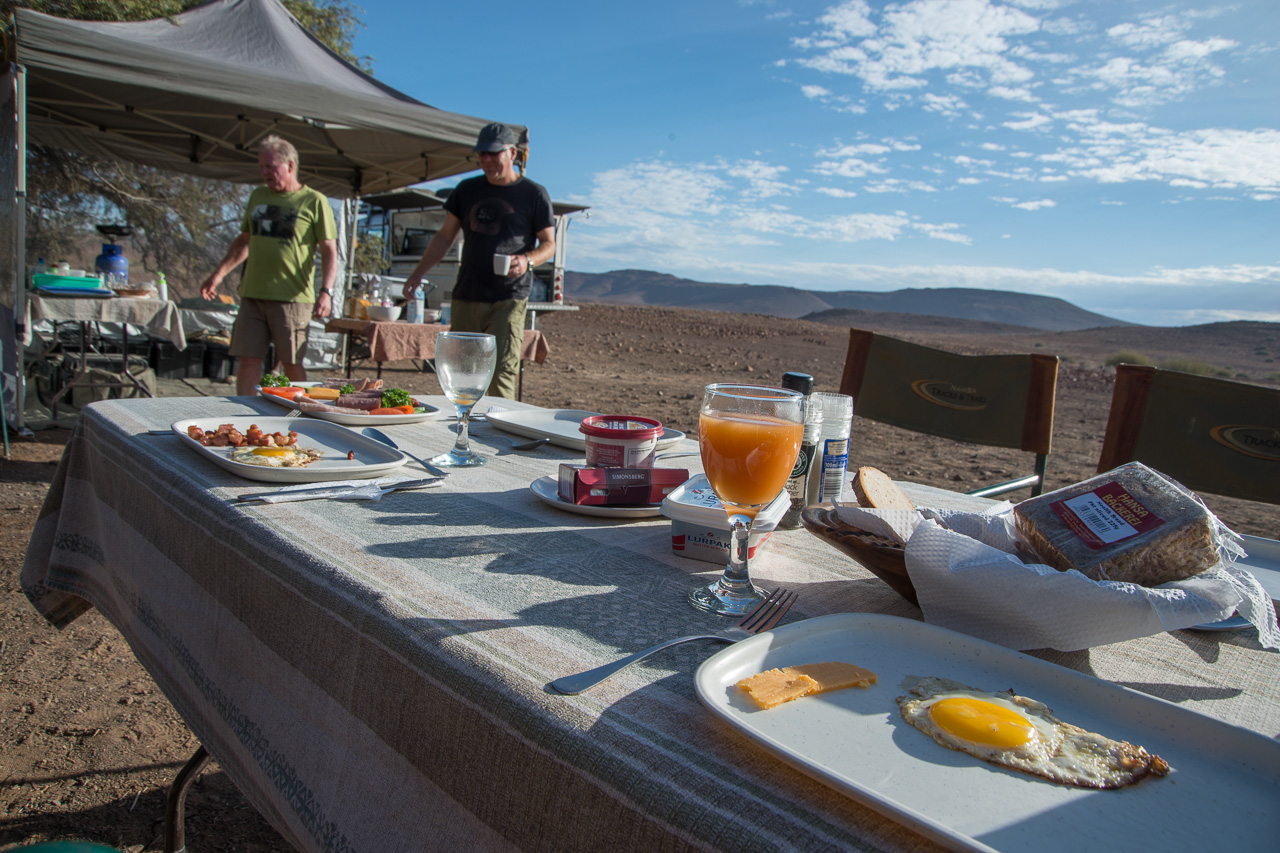
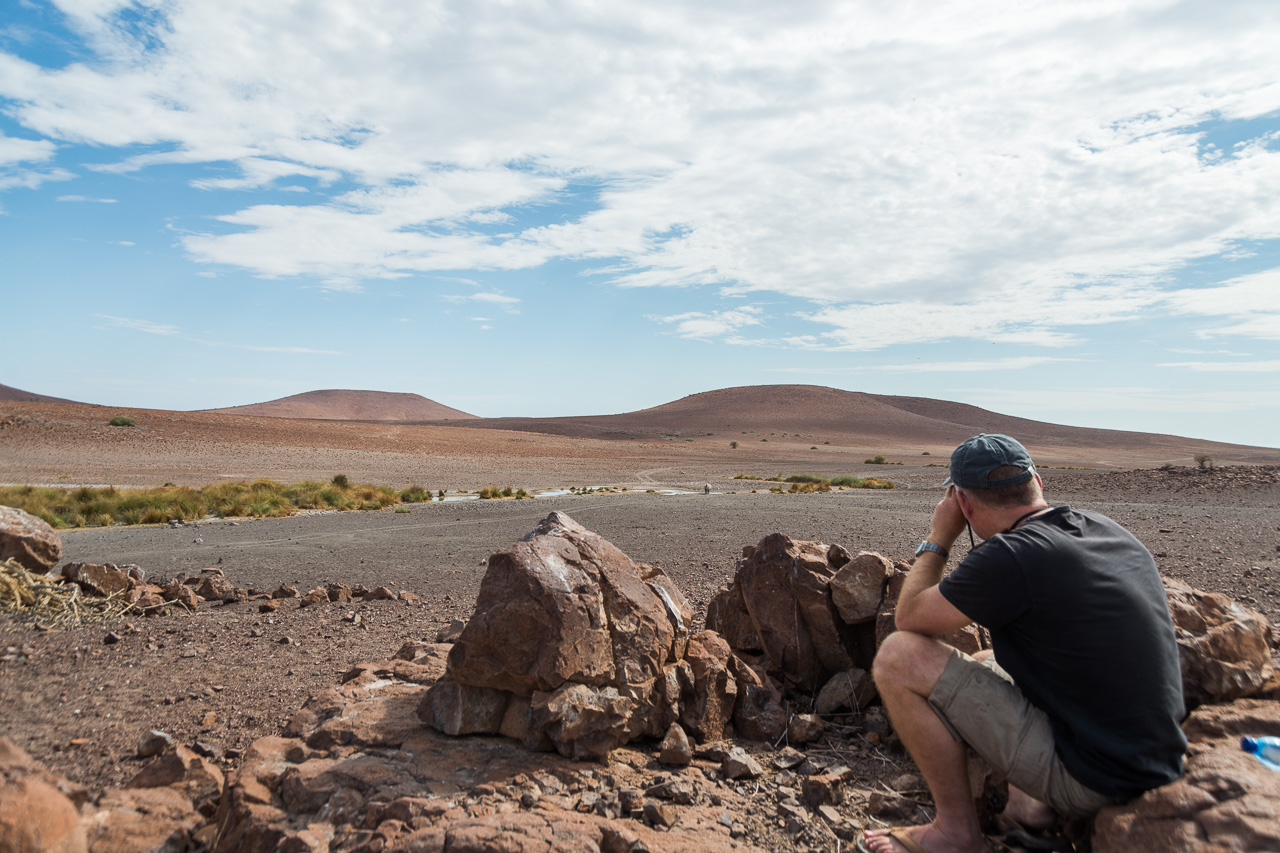
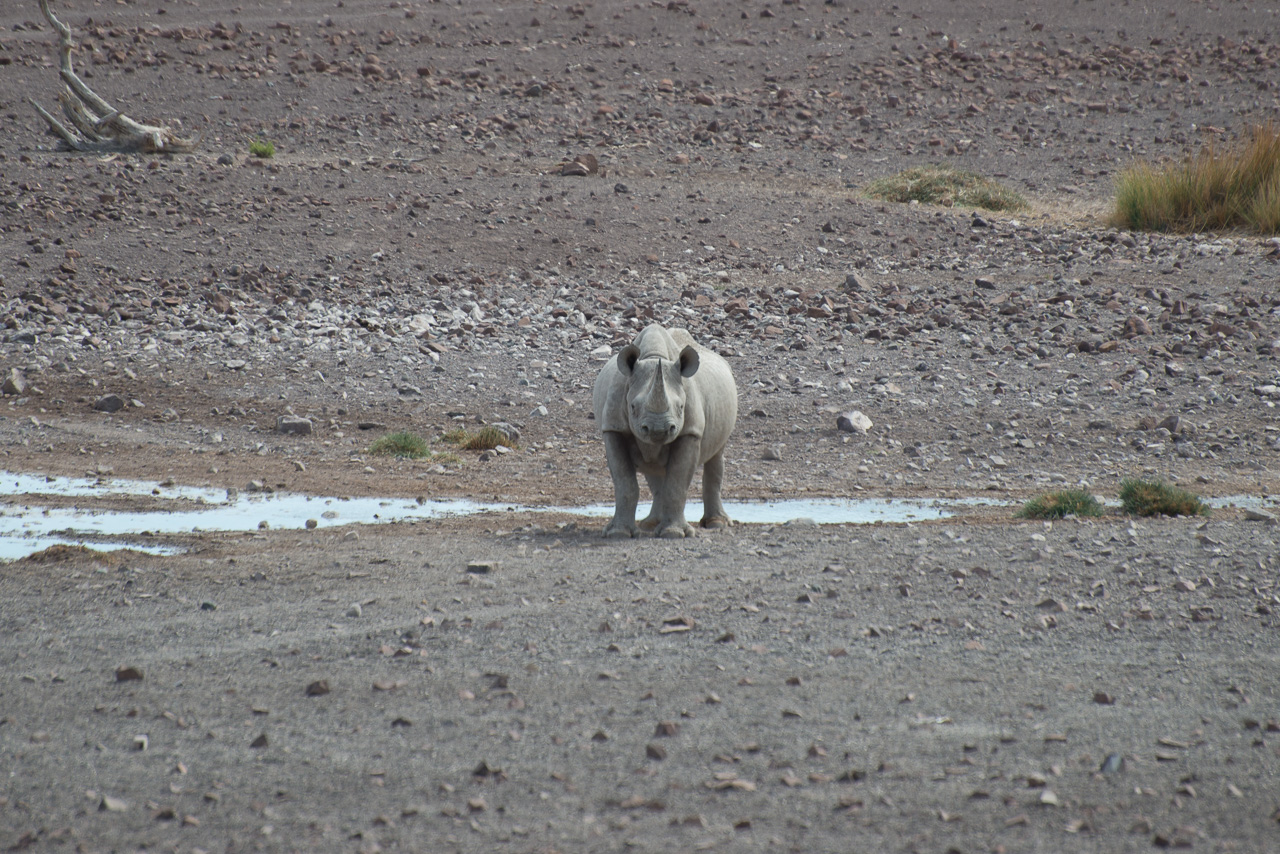
The Palmwag Concession is an area that extends between the Torra Conservancy and the Hoanib River.
The area near Palmwag itself is rather hilly and mountainous and you can often see zebra and springbok. The western and northern part, however, is rocky, hot and offers little shade. Alongside with the Torra Conservancy, this is one of the most important retreats for the endangered black rhino and it hosts the largest population of rhinos outside any National Park.
Of course we would love to show you one of the endangered rhinos in its natural environment. There are various natural water sources along the route, which the rhinos frequent in the evening. If you are lucky, you may observe a rhino how it cautiously approaches the water and feeds on some leaves on the green bushes.
The Save the Rhino Trust (SRT) looks after all these rhinos. If you want to know more about their work or if you want to support the Trust, you can find more information on our SwissAfrican Foundation website.
Where we set up camp site will be decided on the way by the team. This always depends on the weather and the course of the day.
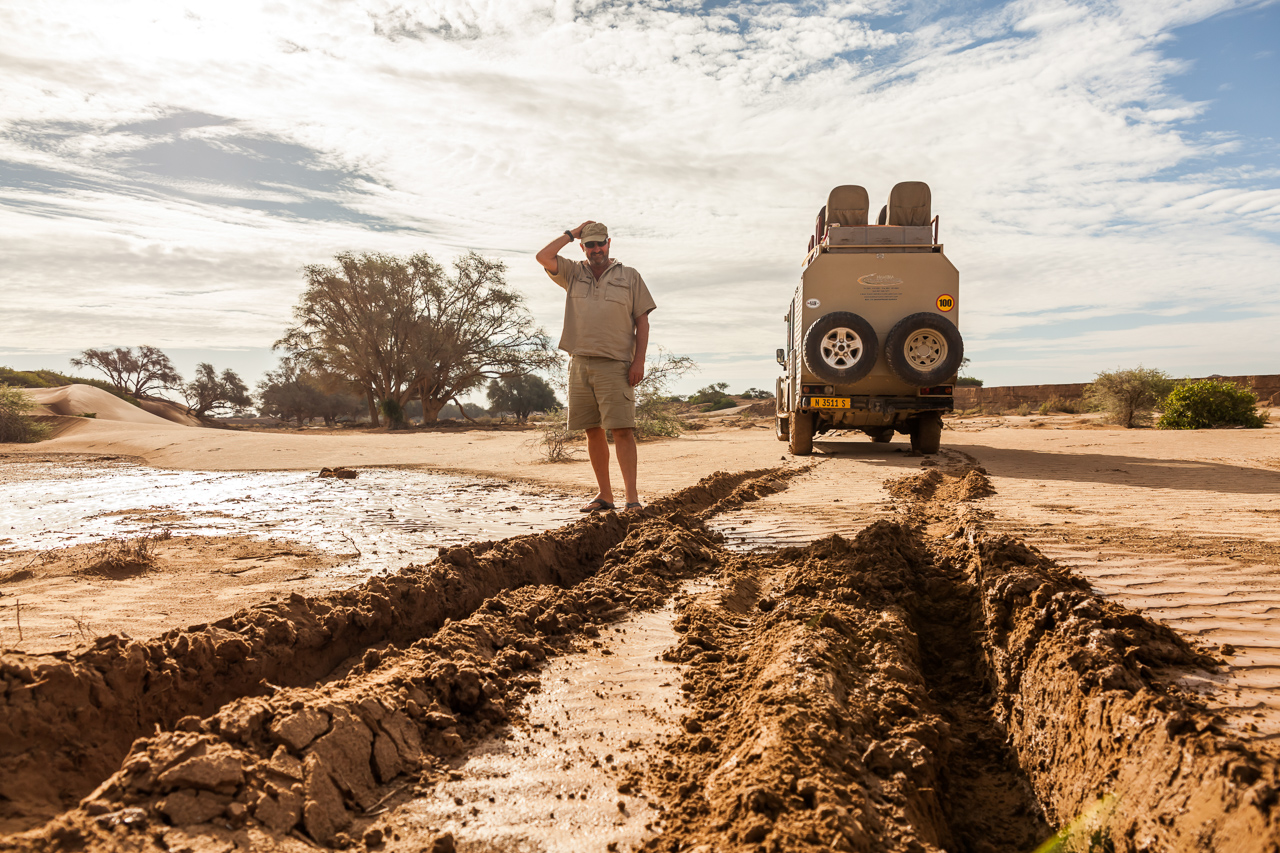
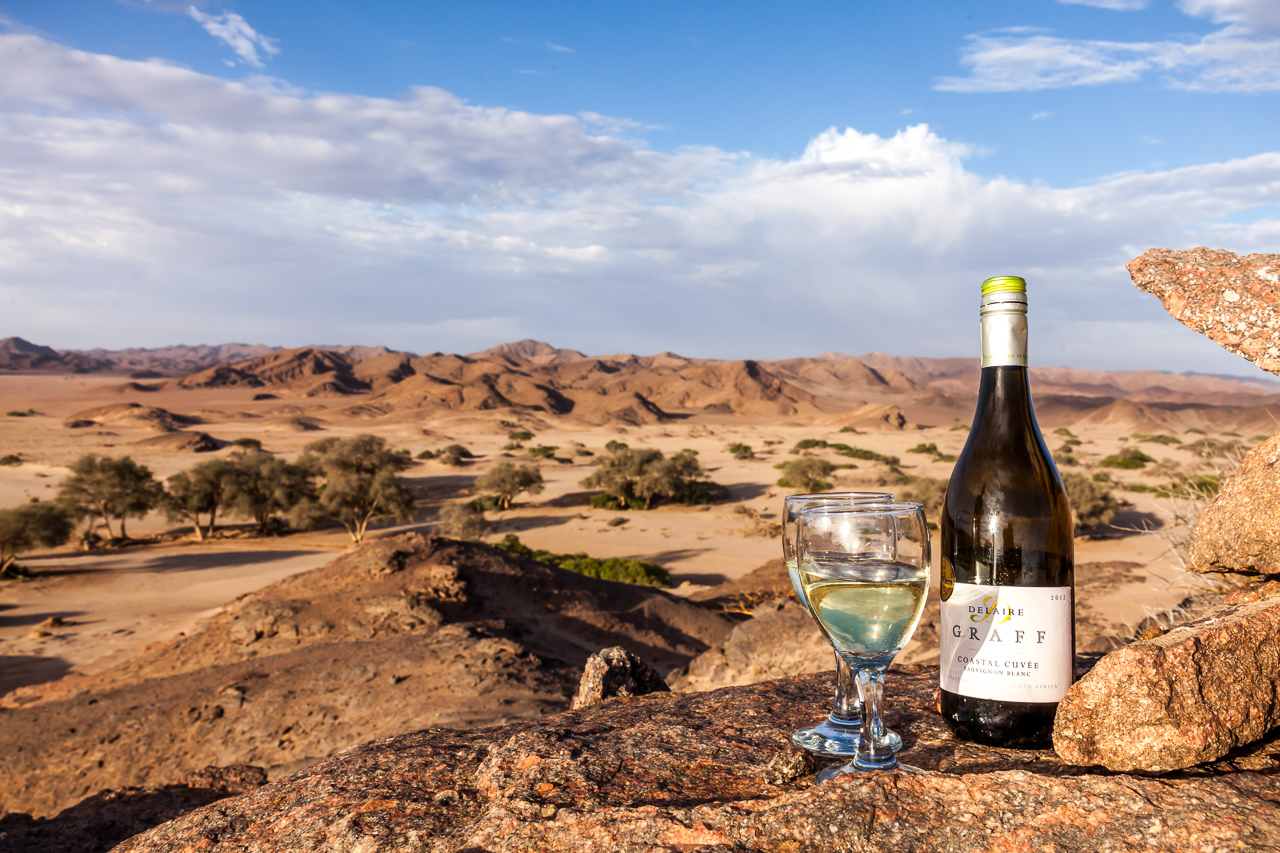
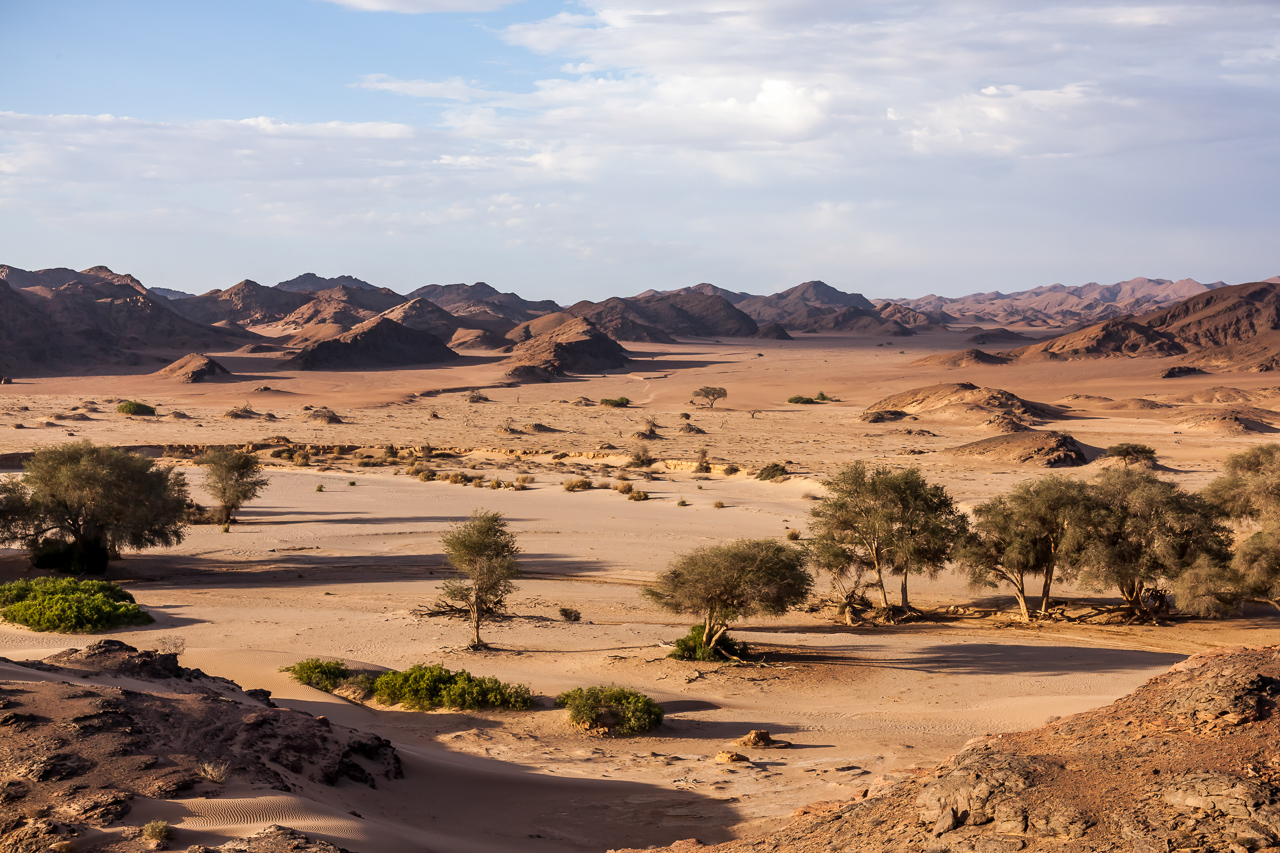
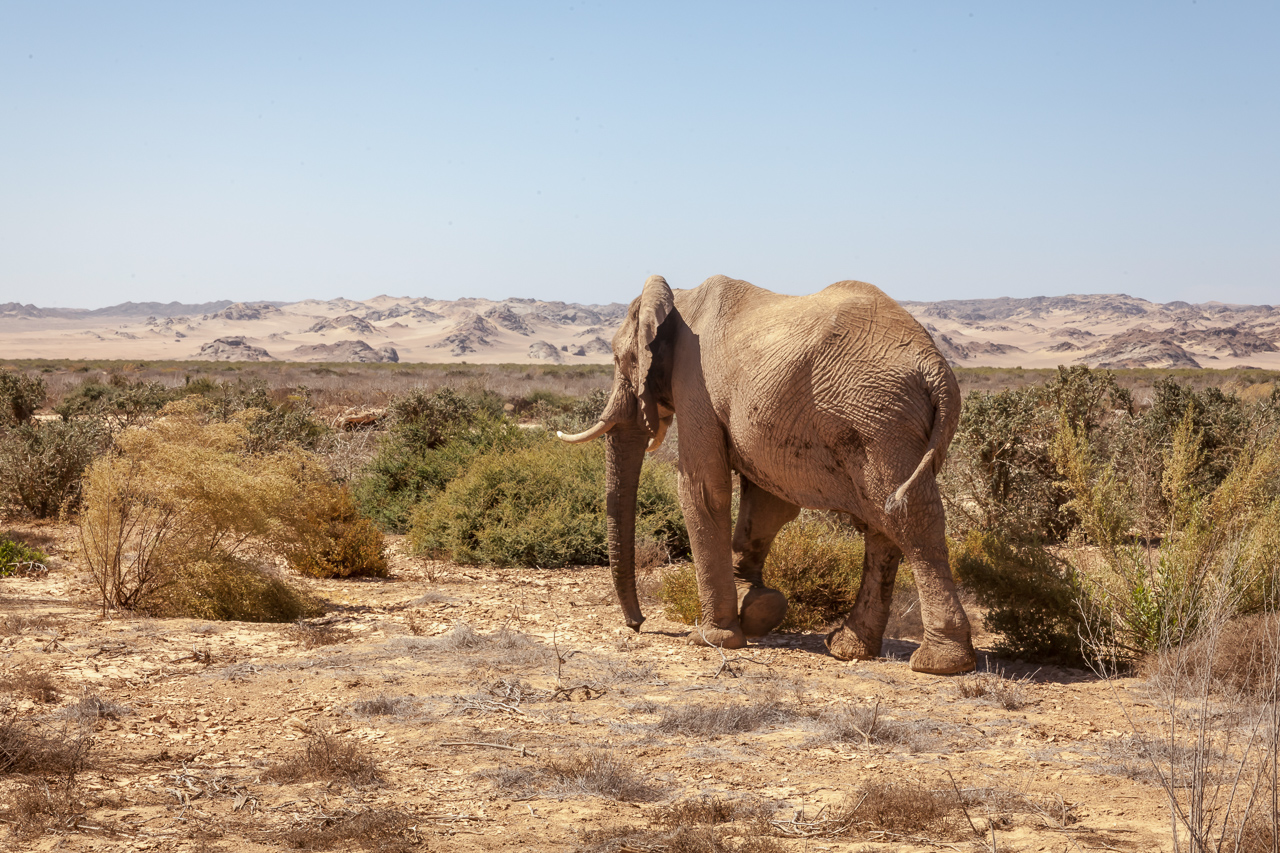
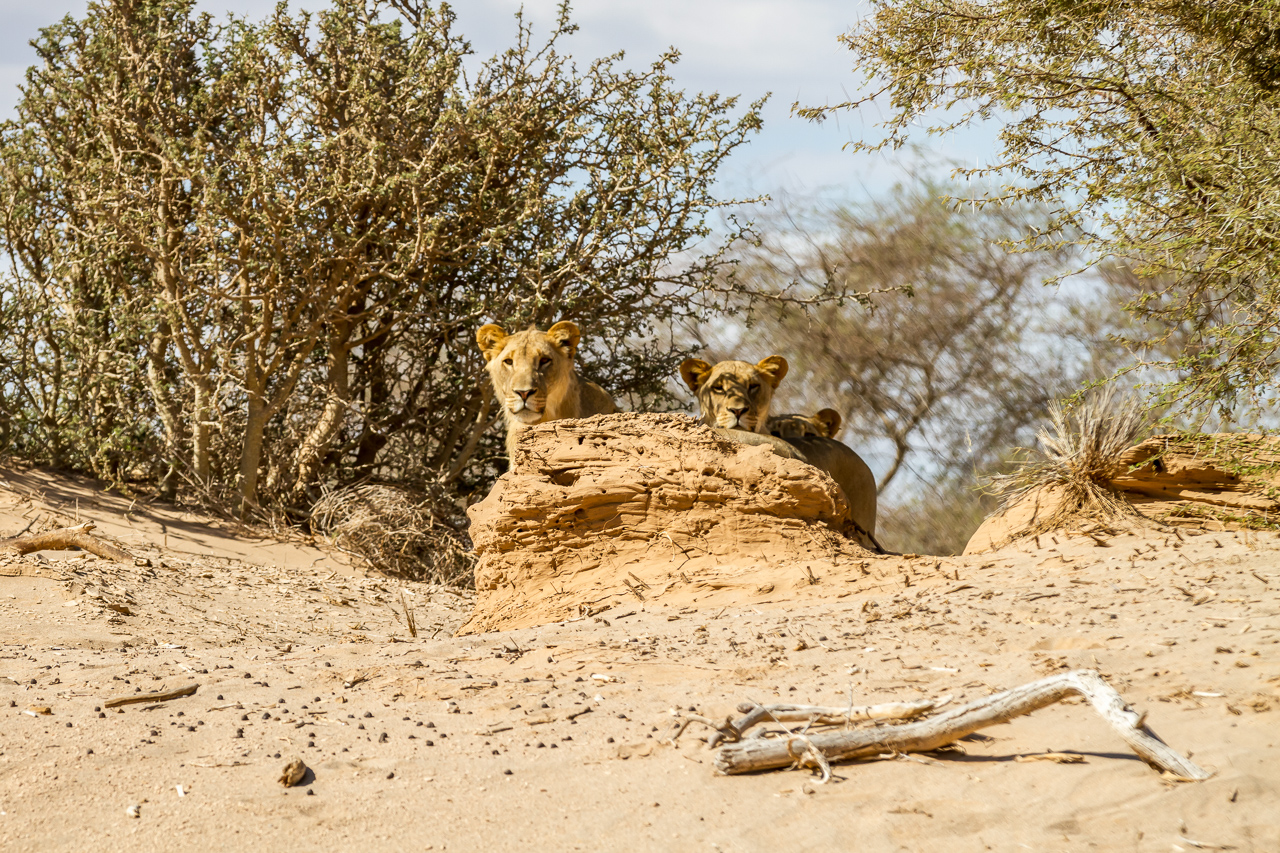
The catchment area of the Hoanib River is situated to the west of the Etosha National Park. From here, the river winds its way via Sesfontein towards the Atlantic Ocean. However, like most rivers in Namibia, the Hoanib only carries water after rains.
We visit the Hoanib area between the Obias, Mudorib and Amspoort. At Amspoort we leave the river valley and drive up onto the plains, where the road continues towards Hoarusib. The area west of Amspoort belongs to the private concession of Wilderness and may only be used when visiting the Hoanib Skeleton Coast Camp.
The Hoanib area is incredibly beautiful and driving in this area does not stop to impress. The river is the only water source far and wide and attracts various animals. Desert adapted elephants, giraffe and oryx are quite common. With a little luck you may also spot brown hyena, jackal, cheetah or even the famous desert lions.
Where we set up camp site will be decided on the way by the team. This always depends on the weather and the course of the day.
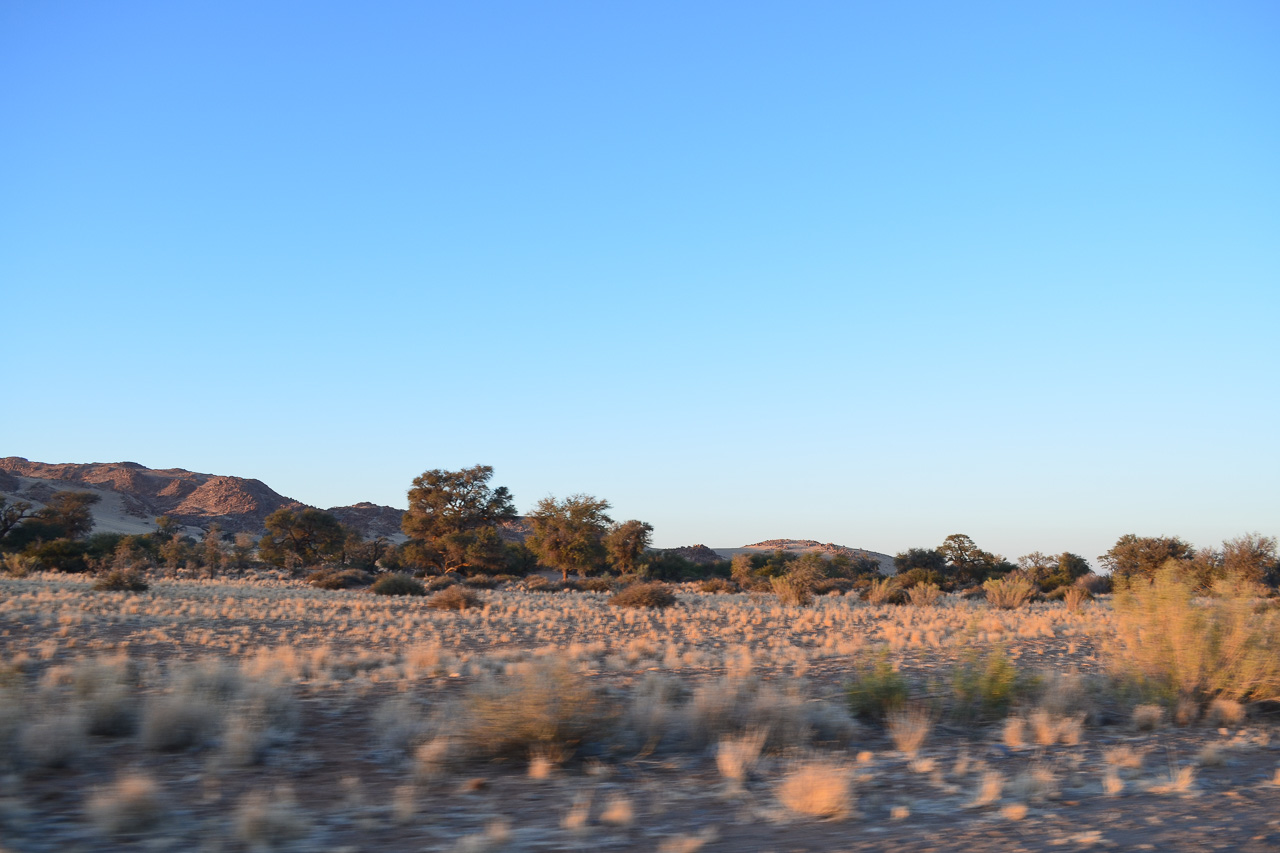
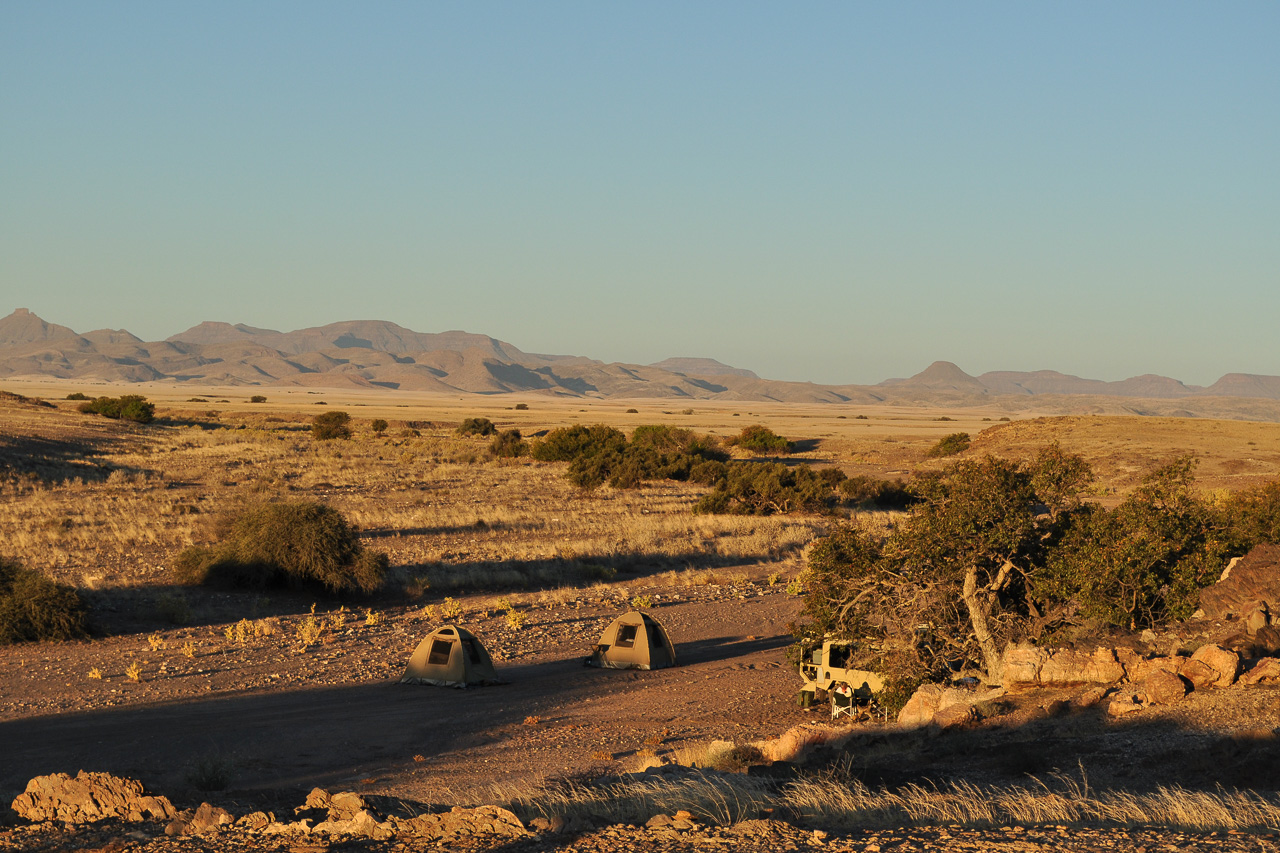

The next overnight stop is near Orupembe, north of Purros. Our tracks follow the dry Hoarusib River for a while in a northerly direction. We then cross into Khumib Valley at Himba Spinx Mountain and follow the valley towards Orupembe.
The Khumib River is the northernmost and smallest of the dry rivers in the Kaokoveld. The river does not carry water during the dry season, but it can swell considerably after rainfall.
Where we set up camp site will be decided on the way by the team. This always depends on the weather and the course of the day.

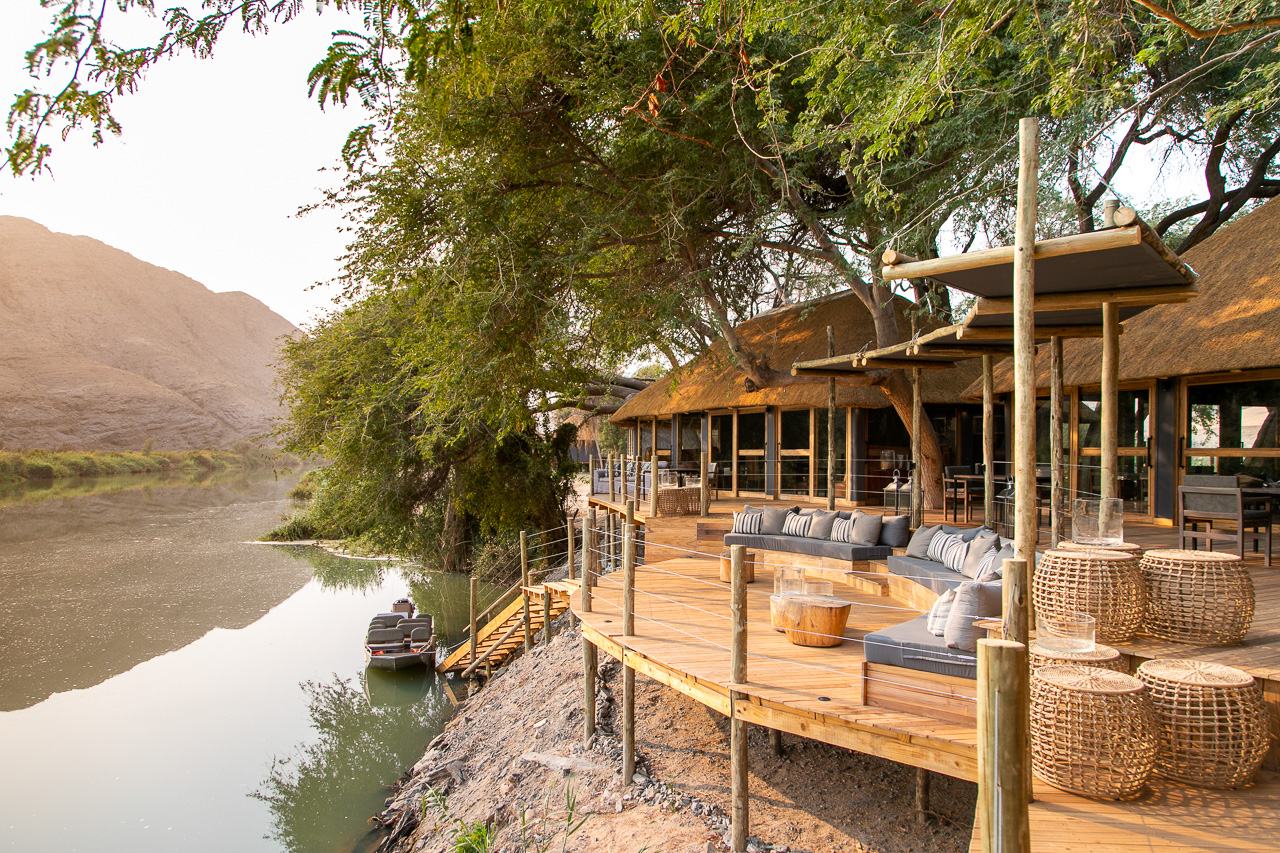
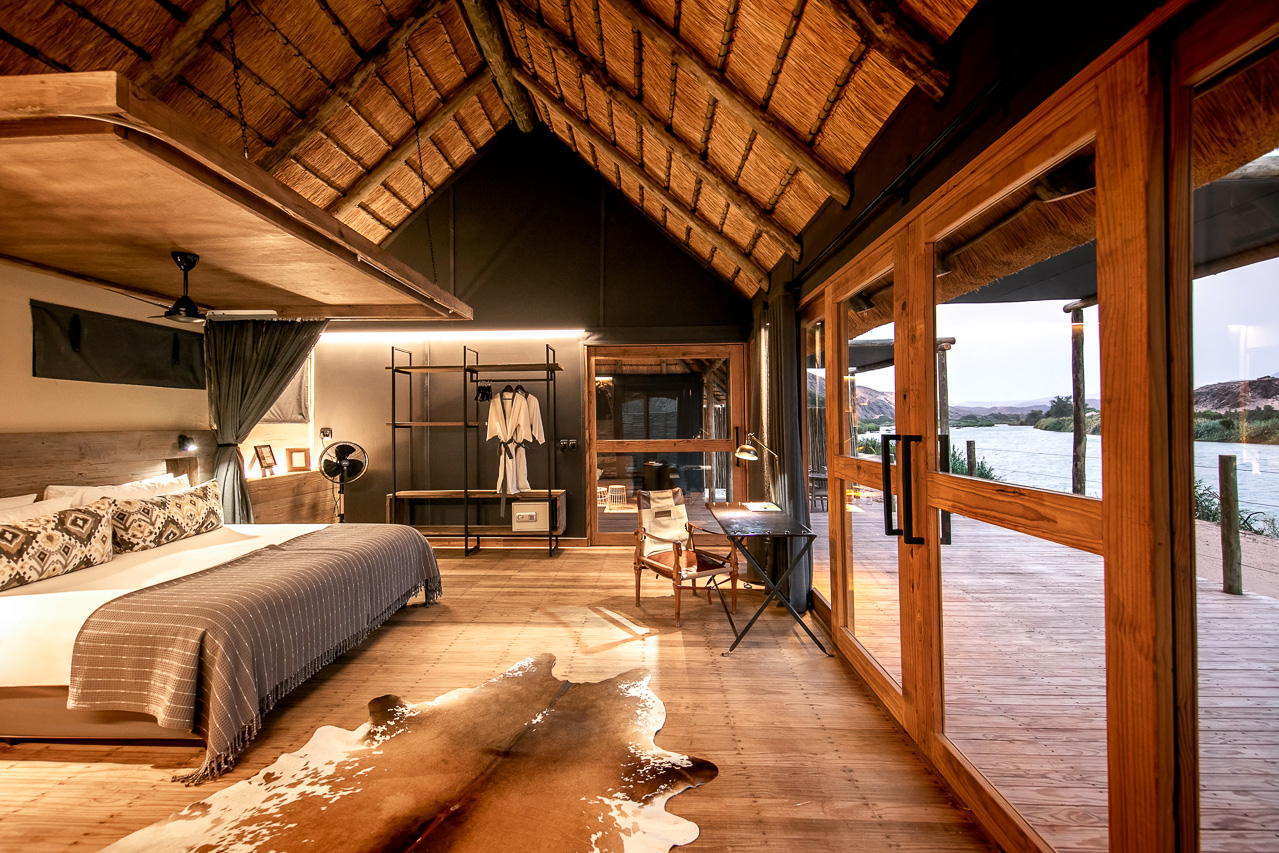
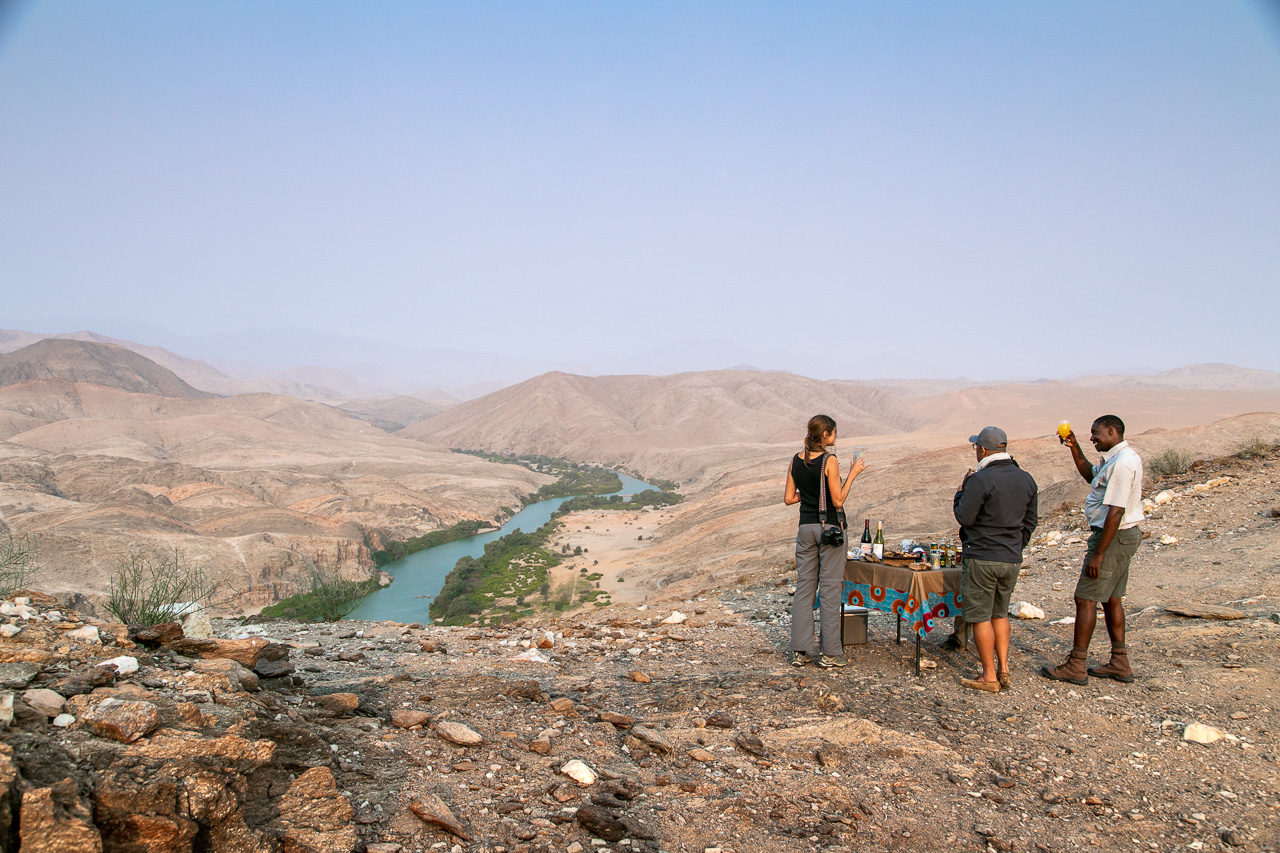
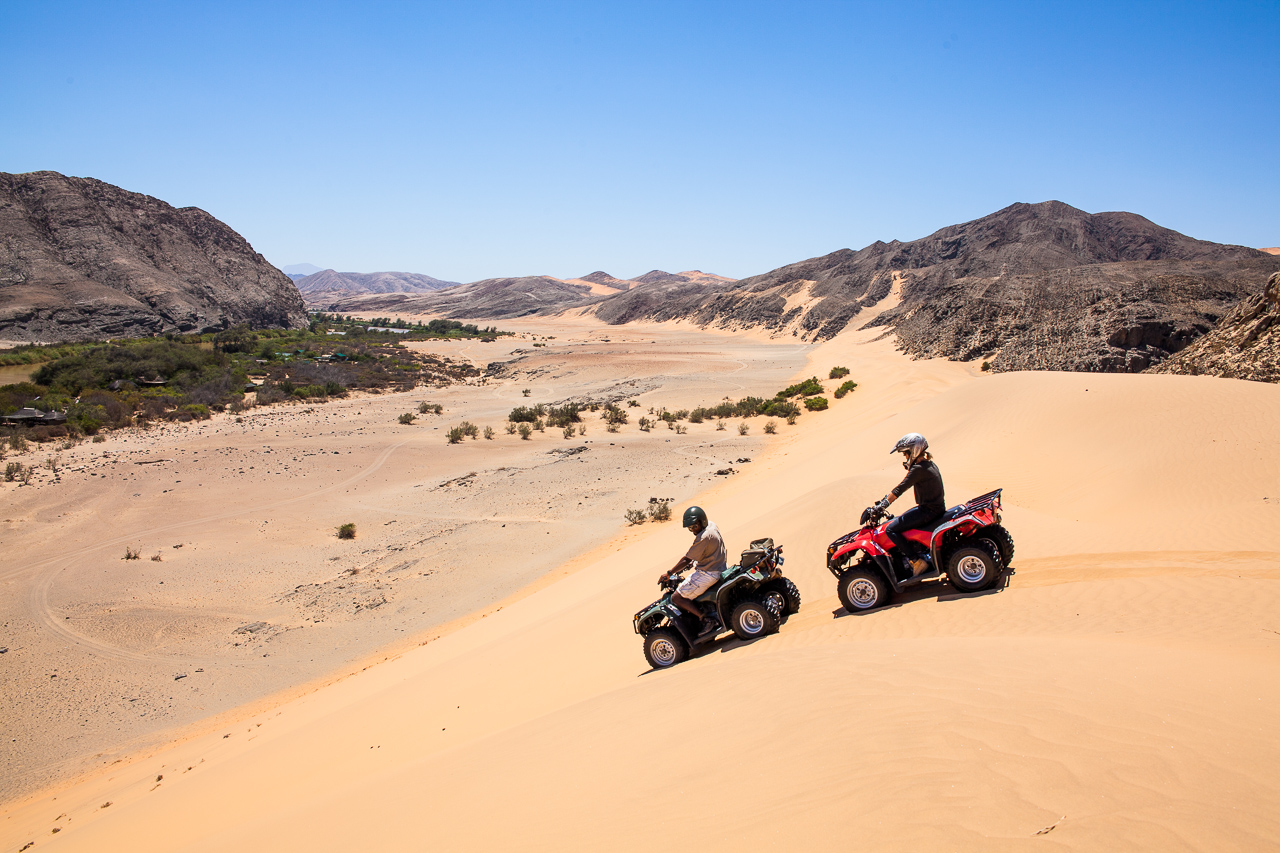
Accommodation Eight elegantly furnished, thatched Meru-style villas sit nestled in the green belt along the banks of the Kunene River. The main building houses a dining area with large outdoor terrace, a river bar, gift shop, lounge/library and a swimming pool.
The camp is stylishly and luxuriously furnished and each of the en-suite rooms is equipped with a lounge, outdoor shower and fantastic terrace, where guests can relax and read on the sofa or in the hammock. The views over the lush green vegetation along the riverbanks and the sweeping desert landscape are breathtaking.
Running a large distance parallel to the coast, Hartmann Valley acts as the gateway to Serra Cafema. The airfield where guests arrive was built on a plateau, from where the road leads steeply (and full of surprises) down to the river. The surrounding area is a spectacular combination of sand dunes, rugged rocky outcrops and the broad grass plains of Hartmann Valley, lined with rolling hills and sprinkled with so-called ‘fairy circles'.
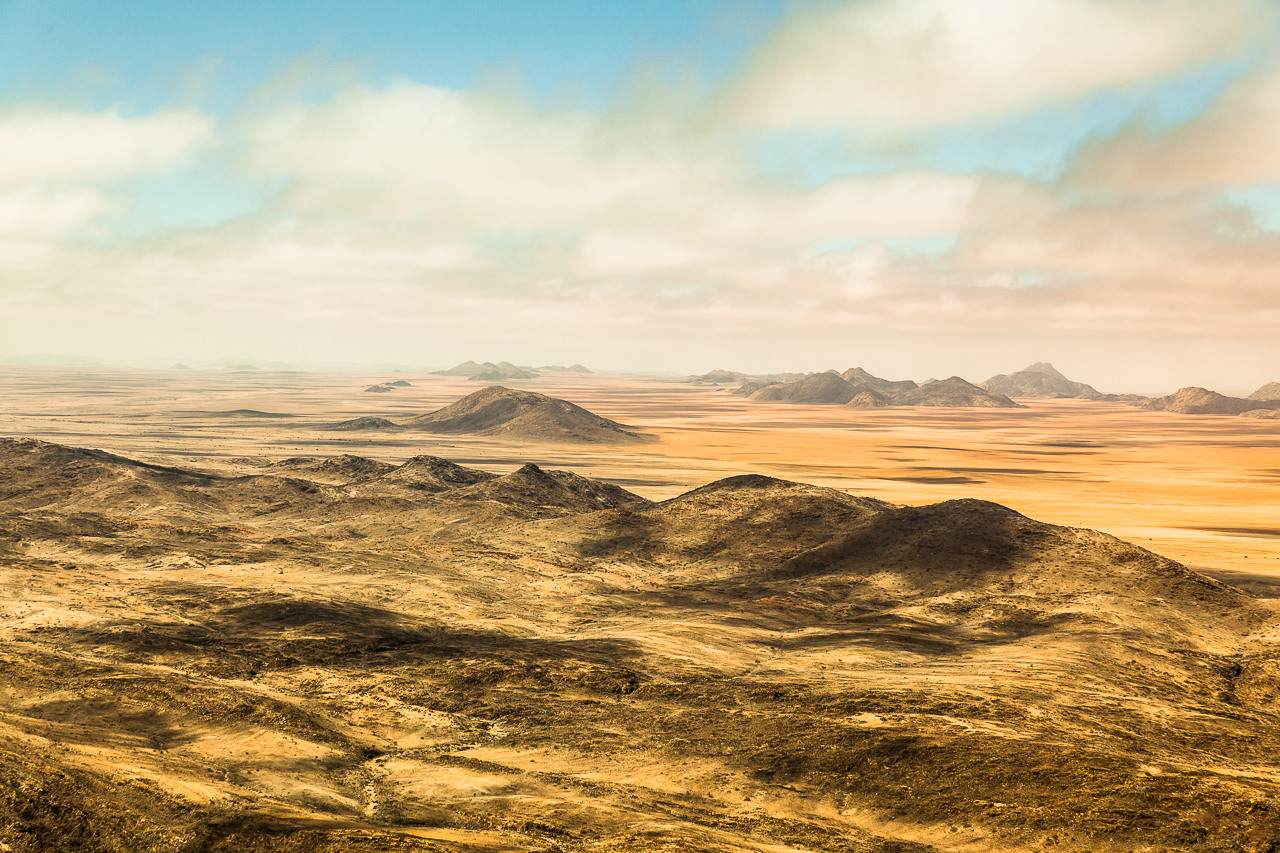
The Kaokoveld covers an area of around 50’000 km², and includes the region between the Hoanib River and the Kunene River, which marks the Angola border; the Skeleton Coast National Park marks the western border. There is little to no infrastructure here, which means the Kaokoveld is one of the few true wildernesses still in existence. The few people you’re likely to come across in this region are the semi-nomadic Himba, who have learned to survive in this sometimes extremely arid environment.
The western part of the Kaokoveld, from Sesfontein up to the Epupa Falls, is less interesting for us. We stick to little-known tracks in the hinterland and never travel on tarred roads in the Kaokoveld. Riverbeds are our roads and the starry sky is the roof above us.
If you like a combination of camping in remote places and staying in beautiful lodges, then our Kaokoveld Expeditions are perfect for you. Not only is the landscape fascinating here, we also often come across desert elephant, giraffe, zebra, oryx and sometimes even lion and rhino. This is one trip you will never forget.
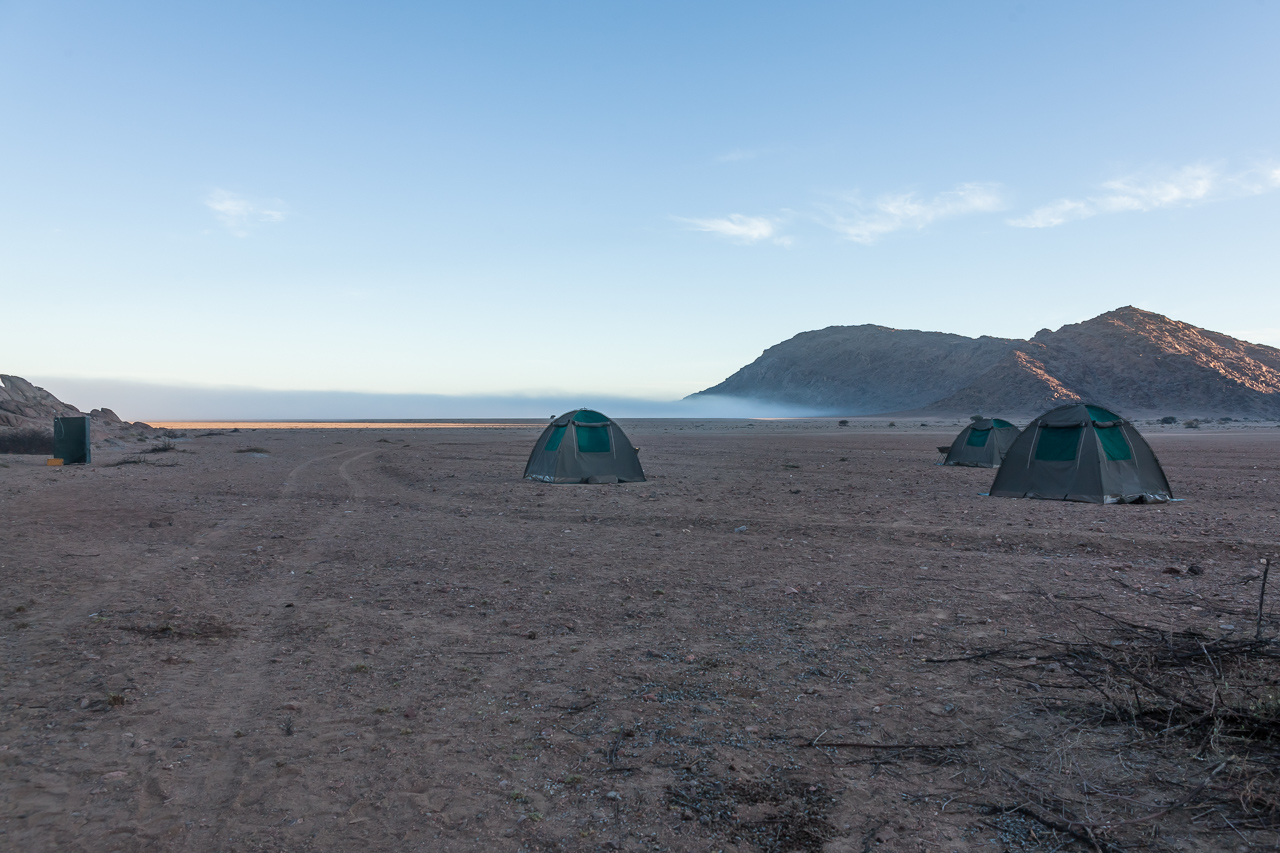
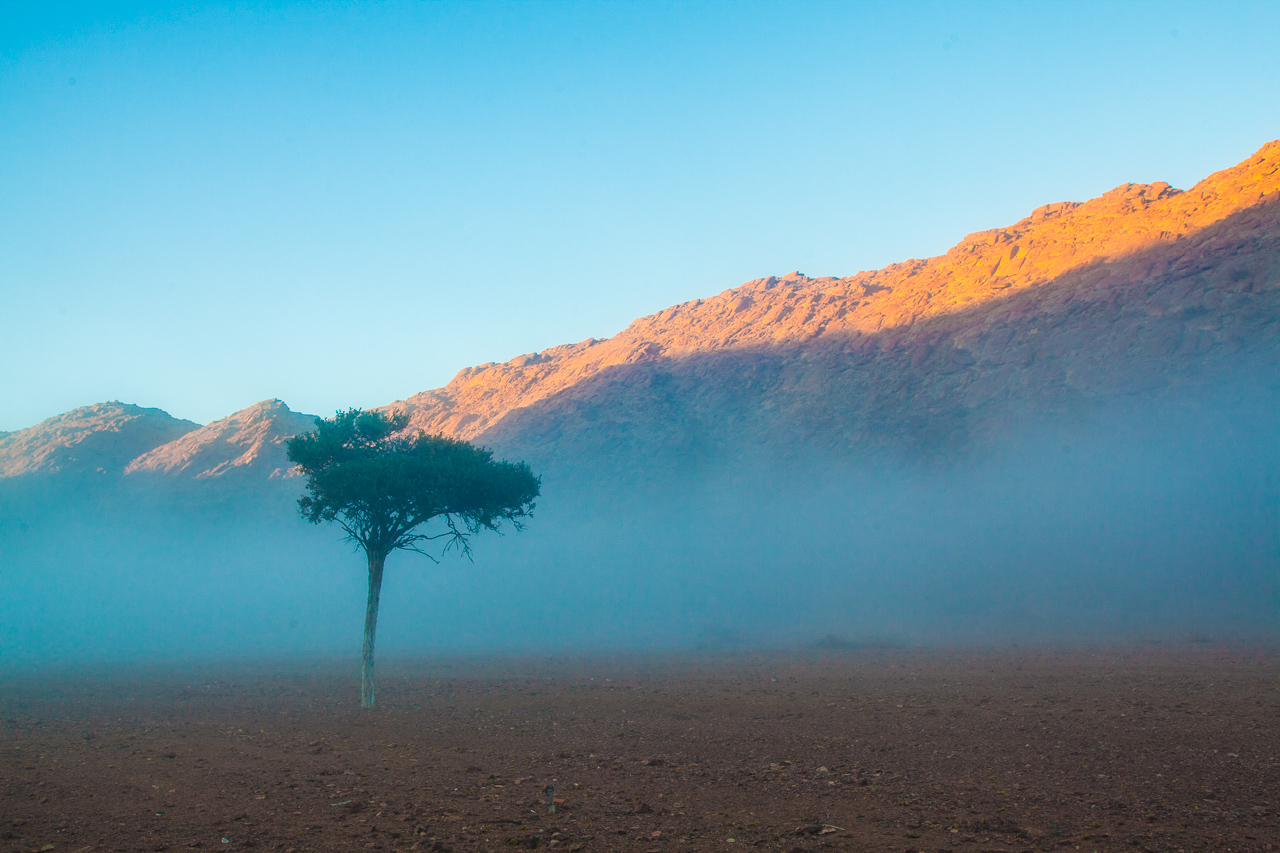
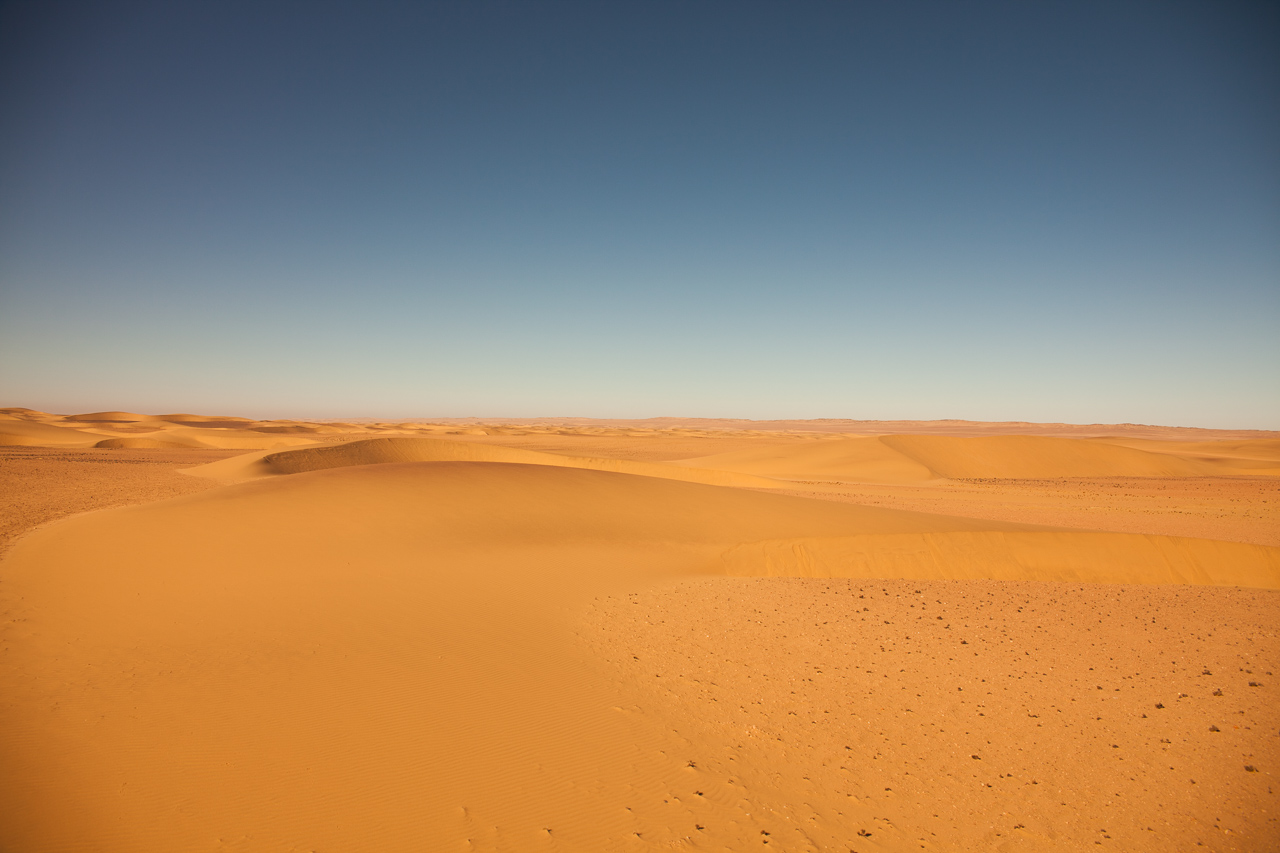
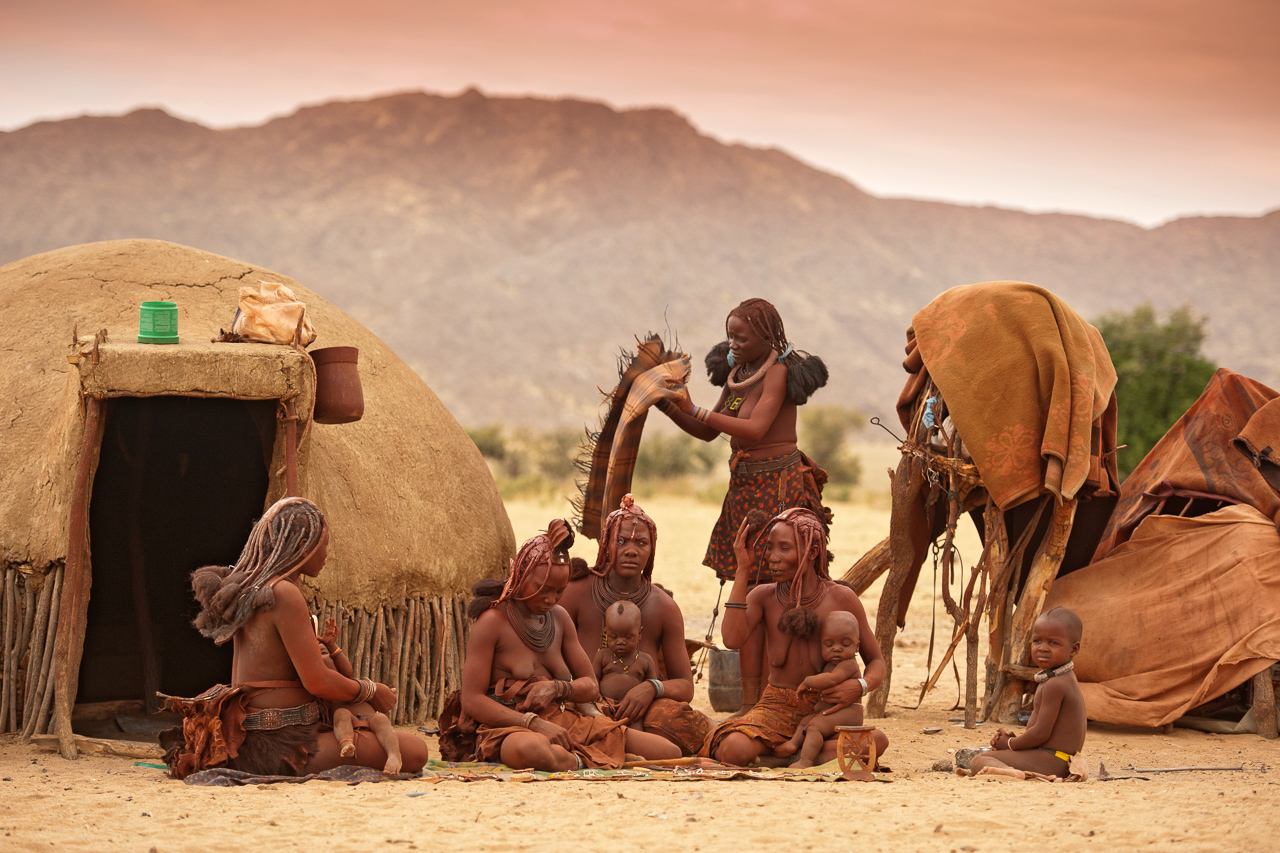
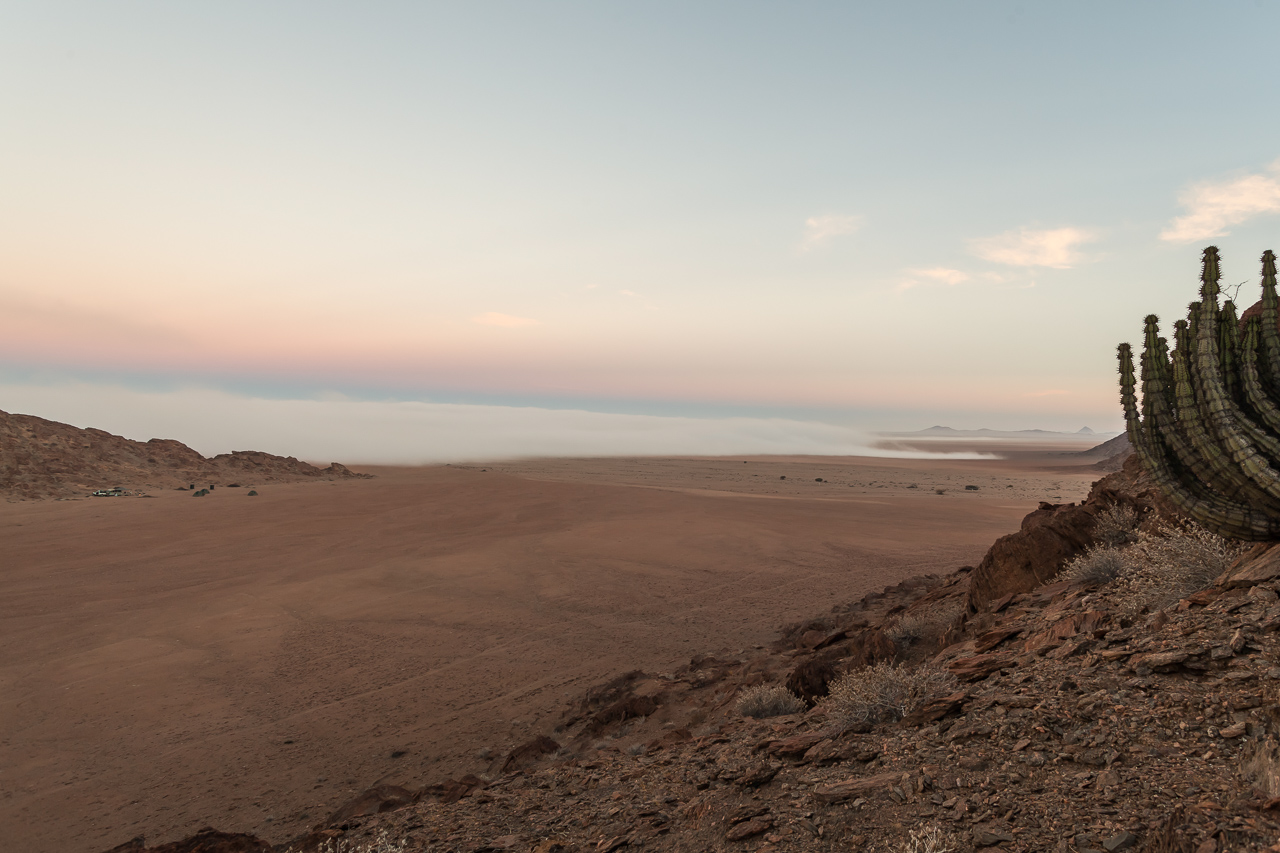
Engo Valley is a mysterious place on the route between Purros and Serra Cafema. The track hits the border of Skeleton Coast Park and leads north right between the vast sand dunes and the foothills of the Hartmann mountains. The road is partially blocked by sand dunes, but this does not pose any problem for our vehicles.
The endless, yellow-colored dunes of the desert stretch from Swakopmund along the Skeleton Coast all the way up to Angola. Once the temperatures drop during the night, the fog drifts from the ocean across the sand dunes and covers the land with a heavy, gray veil. However the first rays of the sun in the morning dissolve the fog and push it back to the ocean, a beautiful spectacle. Get up early and climb a rock for the views!
Where we set up camp site will be decided on the way by the team. This always depends on the weather and the course of the day.
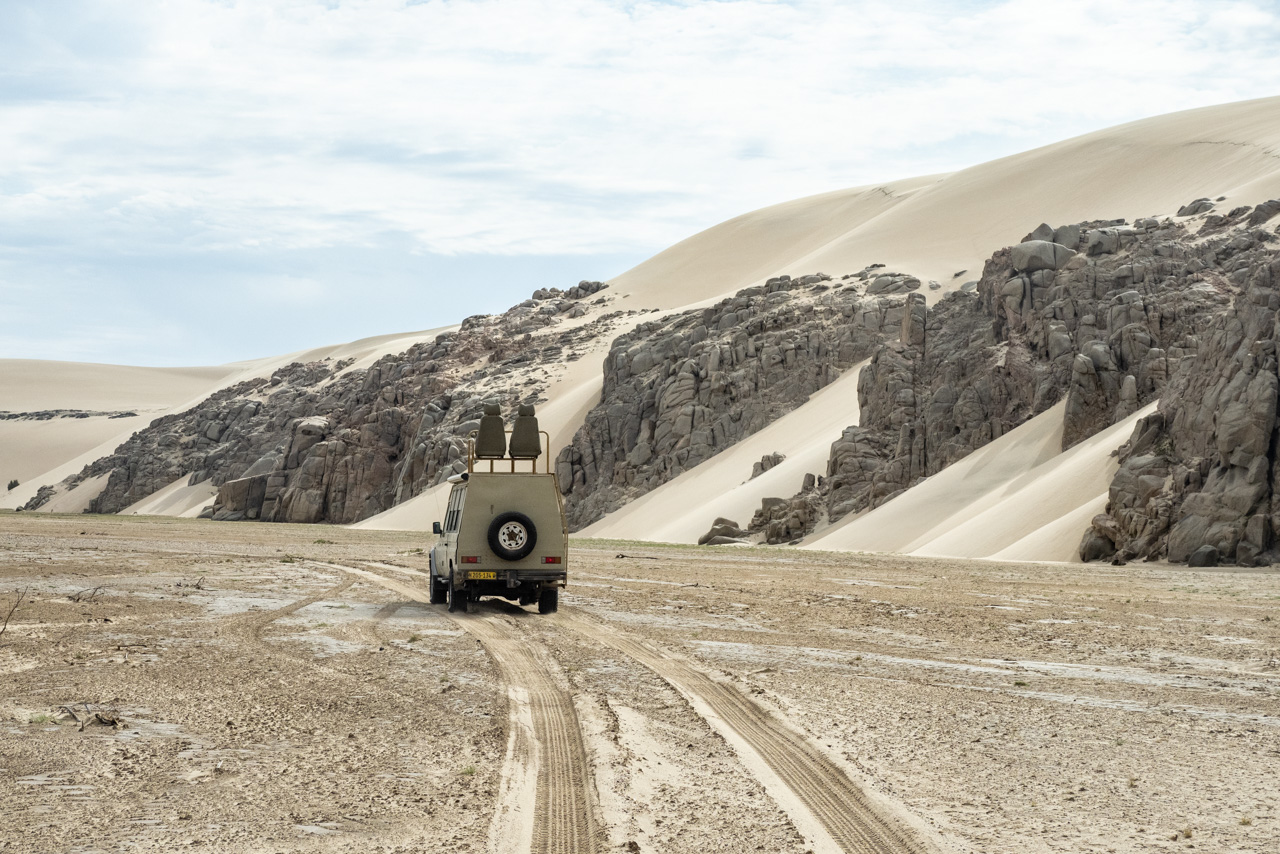

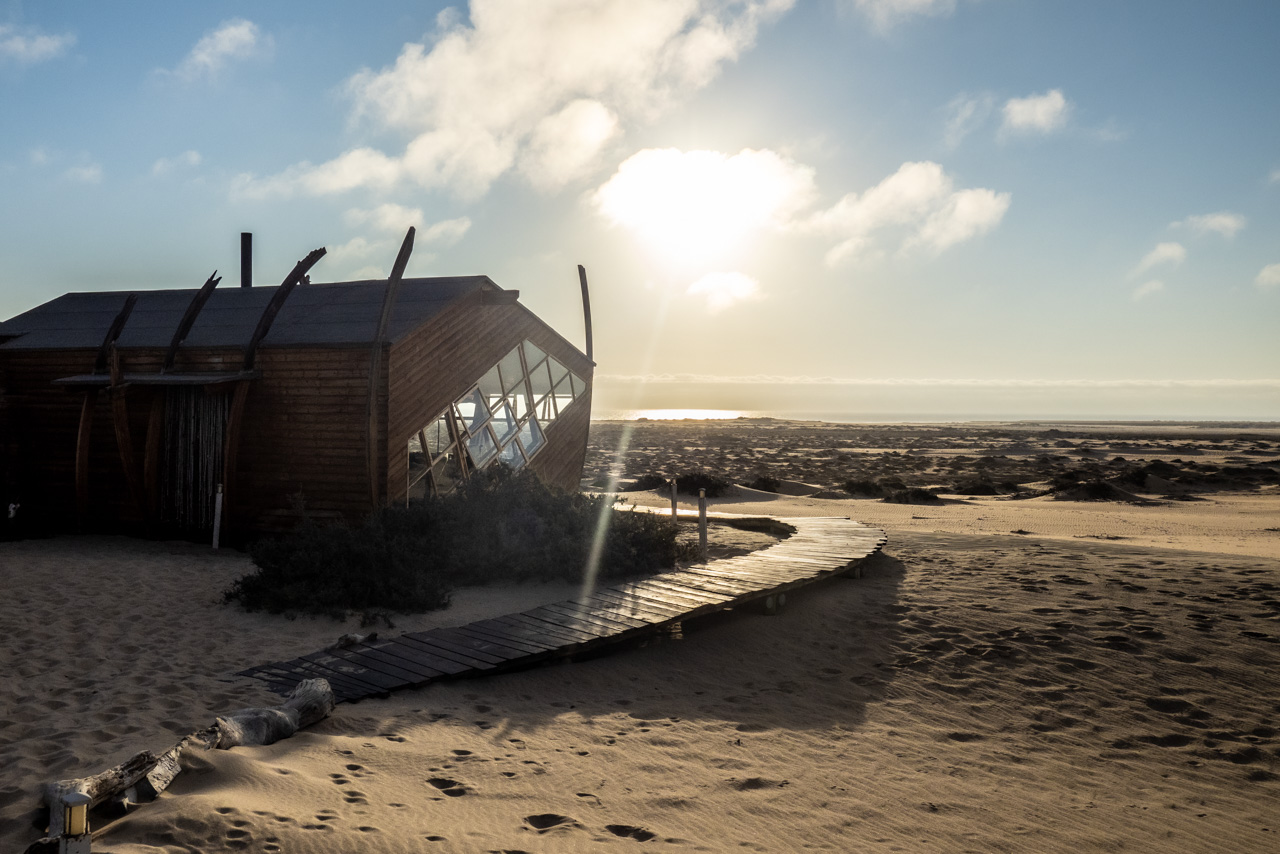
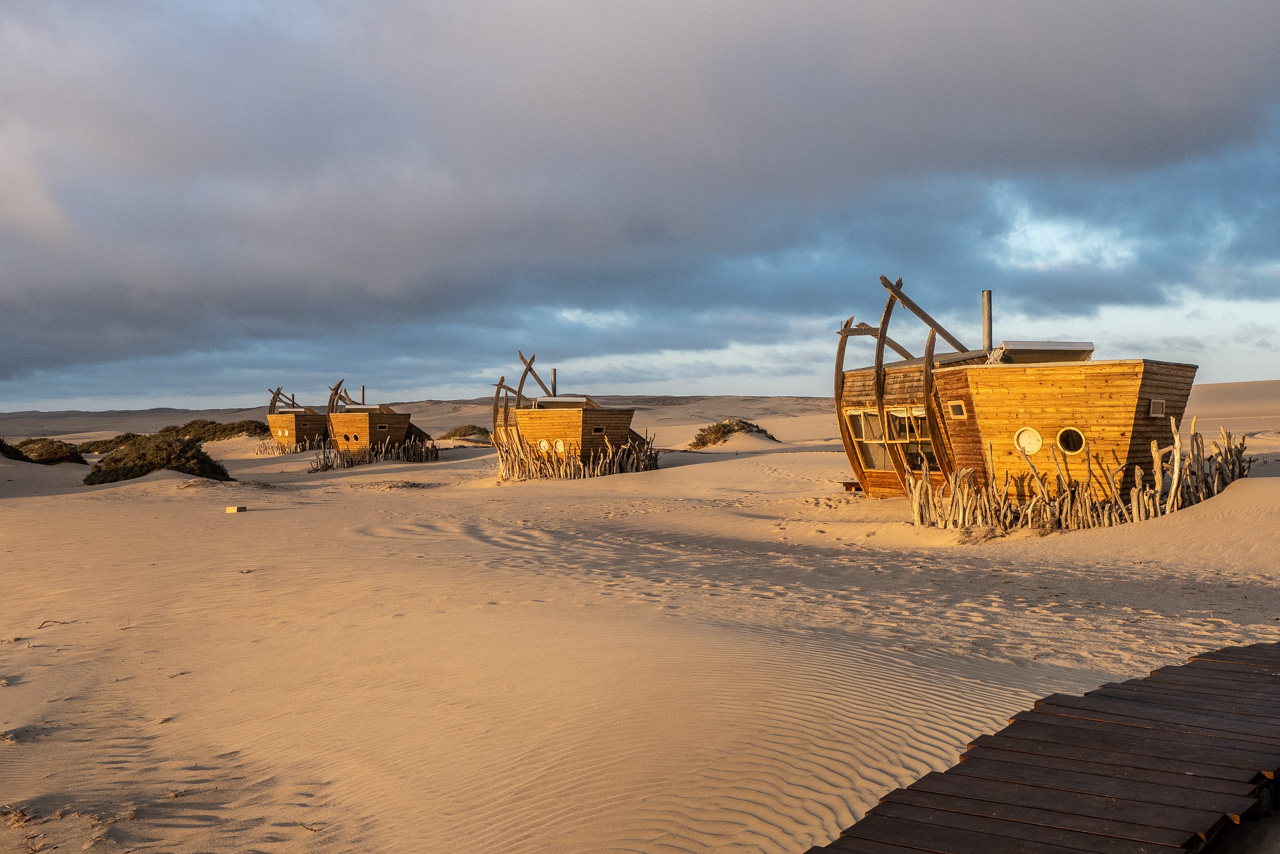
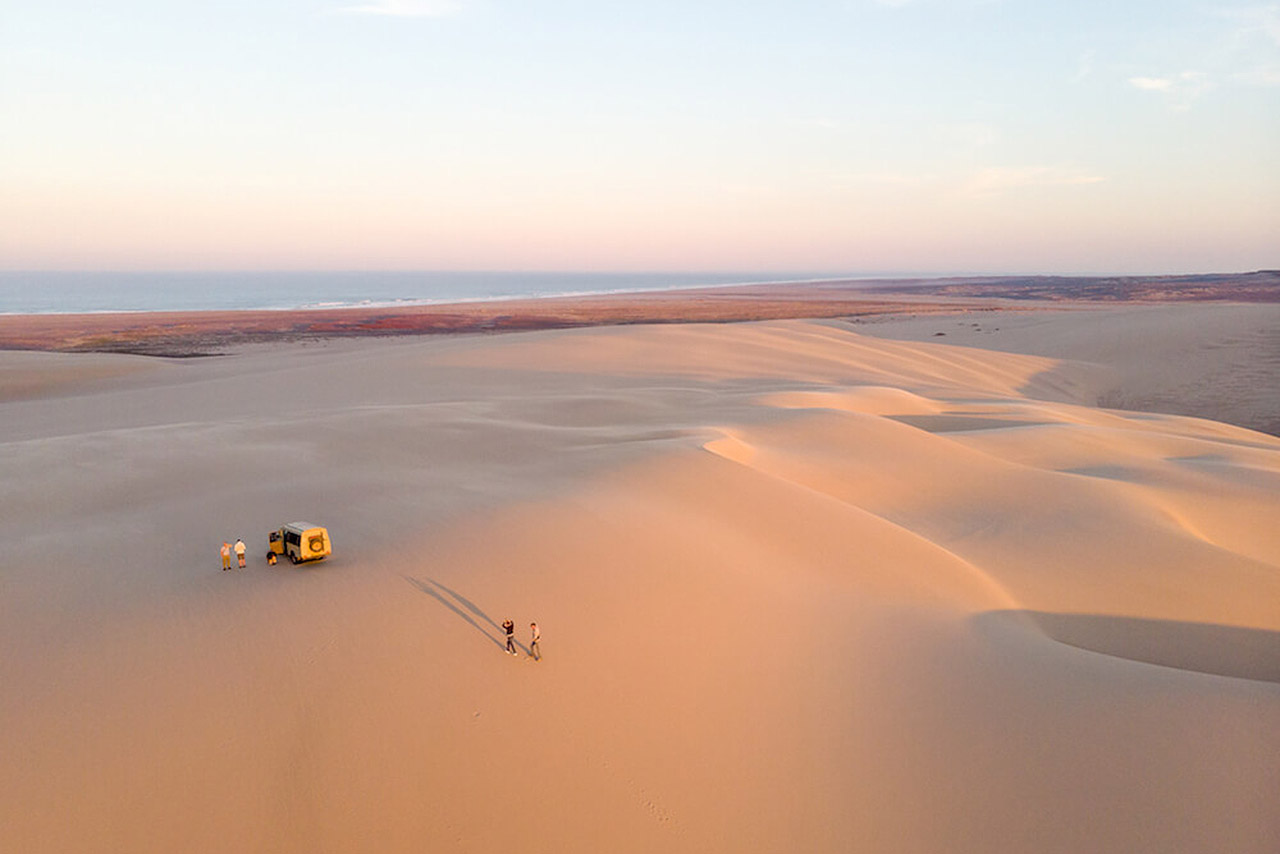
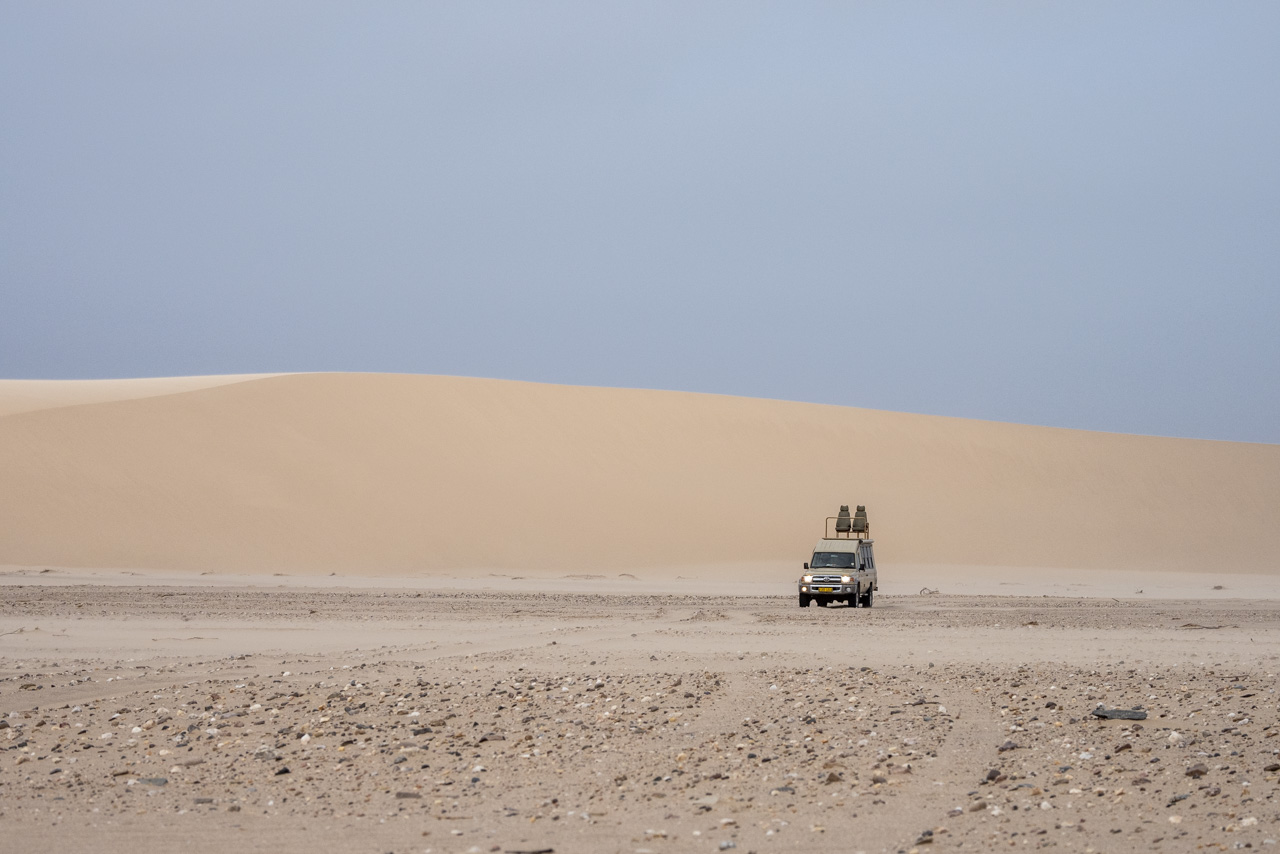
Accommodation
The Skeleton Coast is a special place. Rough, sometimes inhospitable, secluded and majestic, and for that very reason attractive. Shipwreck Lodge is the only lodge within the Skeleton Coast National Park. It is located a few hundred meters inland on the first sand dunes, but the sea is clearly visible and can be reached on foot in about 30 minutes.
Each of the 10 rooms have been constructed to resemble the shipwrecks that line the beach, slightly inclined in the sand and bracing itself against the stiff sea breeze. Large windows allow a clear view of the sand dunes and the sea. The cozy bedroom has wooden ceilings and a warming stove for the cold days. A dressing room with tea/coffee station connects to the bathroom, which is equipped with a double sink, shower, toilet and portholes. All rooms have a sofa, which can be used as an extra bed for a triple, or even as a double bed for families with two children.
The first part of the Skeleton Coast from Swakopmund to the north is open to the public. The Skeleton Coast National Park itself, a 16,845 km² large nature reserve, was founded in 1973 and later linked to the Namib-Naukluft Park via the Dorob National Park.
The southern entrance of the park is located after mile 108 near the mouth of the Ugab River. If you want to enter the park from Damaraland, you have to go through Springbokwater Gate. You have to register in any case, but the permit is free of charge.
Access to the lodge is by light aircraft (charter) to Möwe Bay, followed by a road transfer to the lodge that takes about two hours. This is usually combined with a visit to the seal colony and various shipwrecks as part of a first afternoon activity.
If you are self-driving, please park your vehicle at Möwe Bay where a guide from the lodge will pick you up at 3pm. Only Self-Drivers who continue to Hoanib Valley Camp are allowed to bring their vehicle to to lodge in convoy with the camp's guide at 3pm. There are some deep sandy passages to master and confidence in driving is essential.
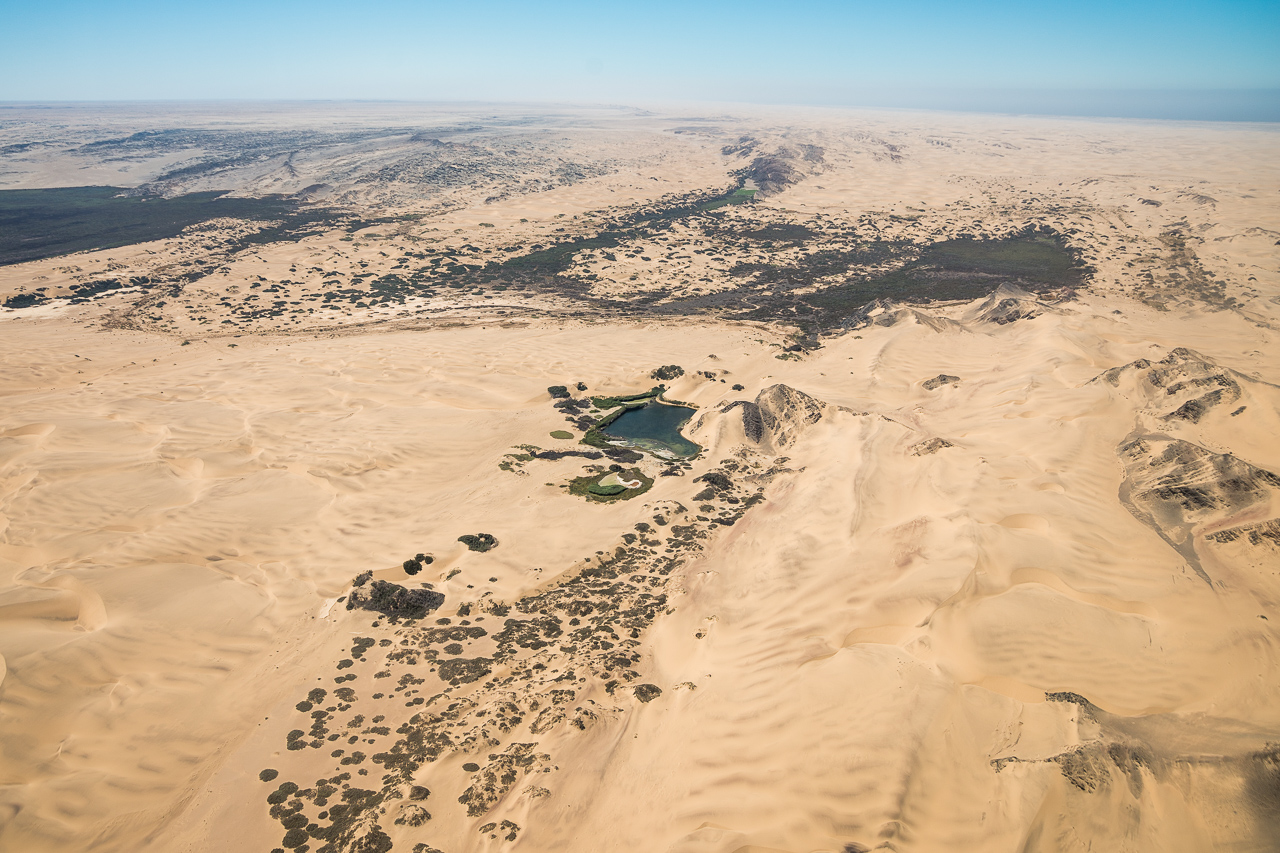
Daytime temperatures in Namibia can, for example in the Namib Desert, reach 50°C during the summer months, but also drop to 0°C at night, which is a massive fluctuation. The coast receives little to no rain because cold ocean currents from the Antarctic (Benguela Current) create offshore crosswinds that prevent clouds from reaching the mainland (similar to the Atacama Desert in Chile). However, this leads to an increase in the formation of fog, making it difficult for ships to navigate.
More than a thousand shipwrecks strewn the length of the coast bear witness to the region’s many tragic events. John Henry Marsh coined the term ‘Skeleton Coast’ in his account of the Dunedin Star shipwreck.
Despite this, there is still an abundance of life along the Skeleton Coast – the ocean is teeming with fish and plankton, which in turn attracts whale. There are also large colonies of seal at Cape Cross, Cape Fria and Möwe Bay, for example, and these attract hyena and jackal.
The first section of the Skeleton Coast, from Swakopmund northwards, is public. The neighbouring Skeleton Coast National Park, a 16’845 km² nature reserve that was proclaimed in 1973, is now joined seamlessly to the Namib Naukluft Park via the Dorob National Park. The southern entrance to the park is at mile 108, close to the Ugab River estuary. A permit is necessary to enter the park. It is possible to drive through the southern part, and most people leave again via the Springbokwasser Gate in the direction of Damaraland. It is forbidden to drive in the northern part of the park, from Terrace Bay to Kunene Mouth, unless you have a very rare tour operator’s permit.
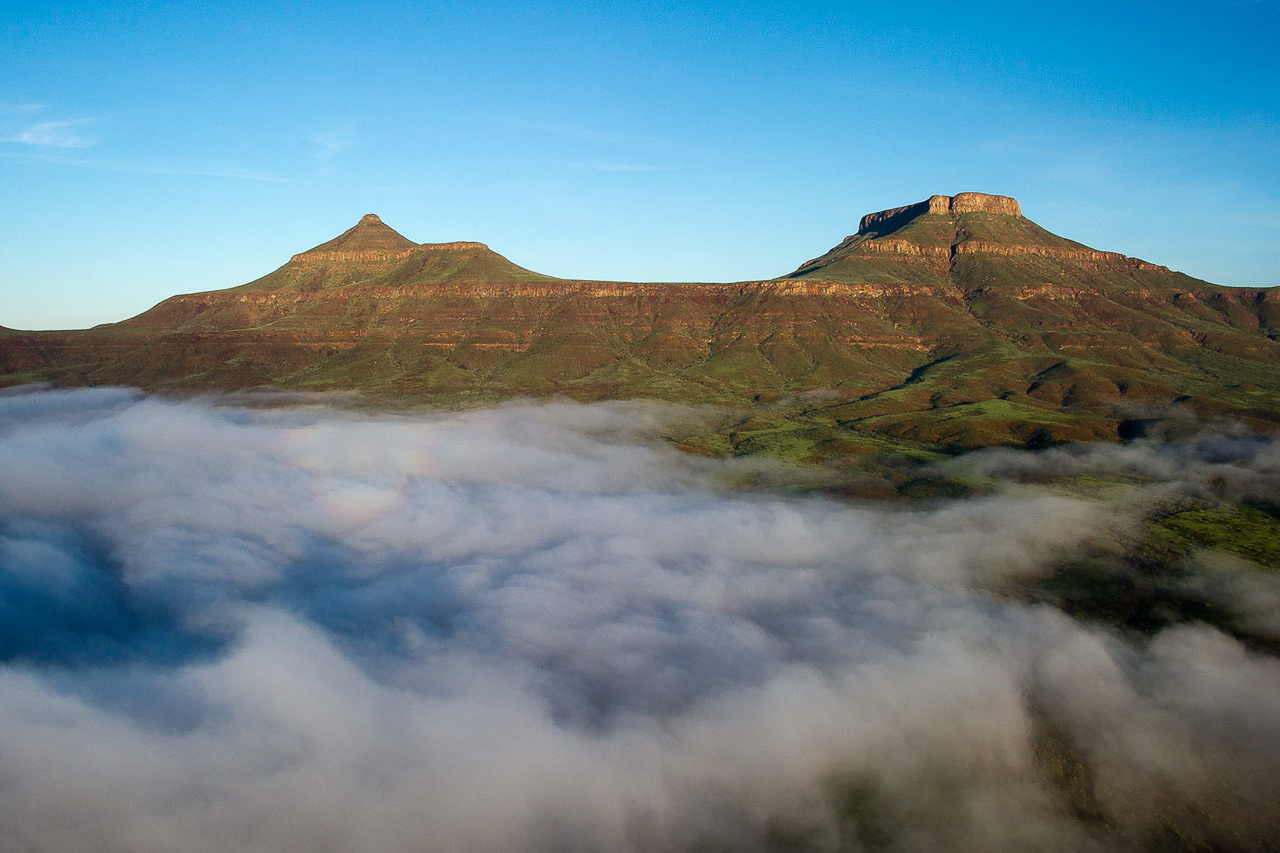
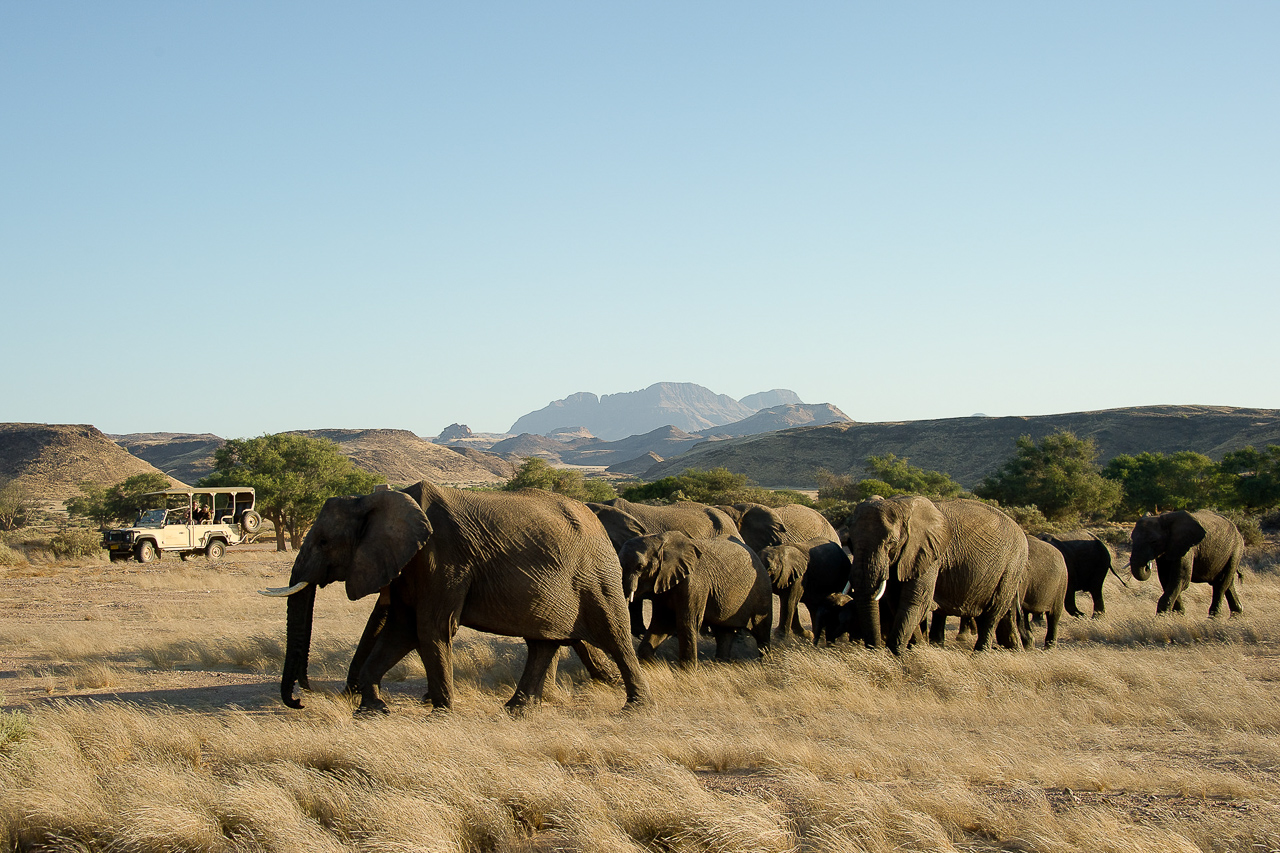
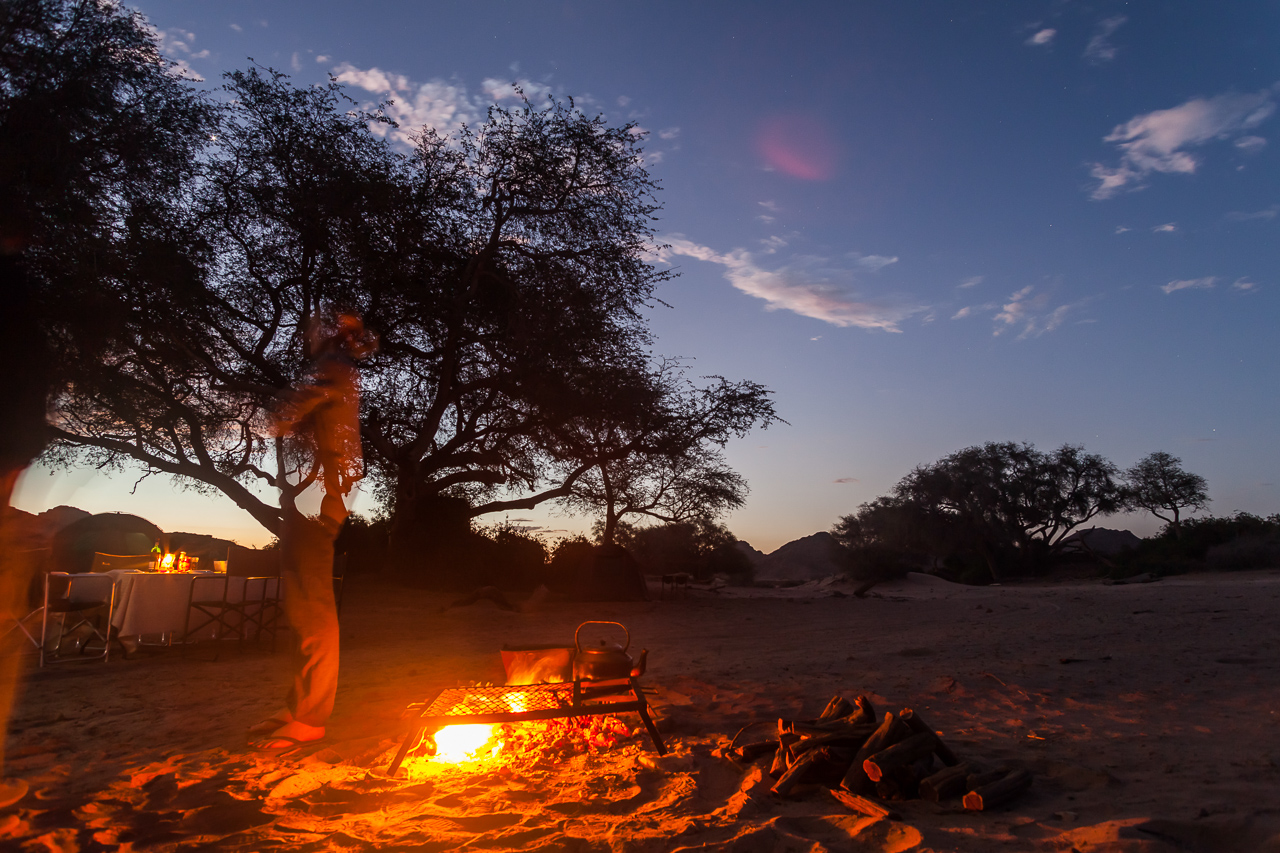
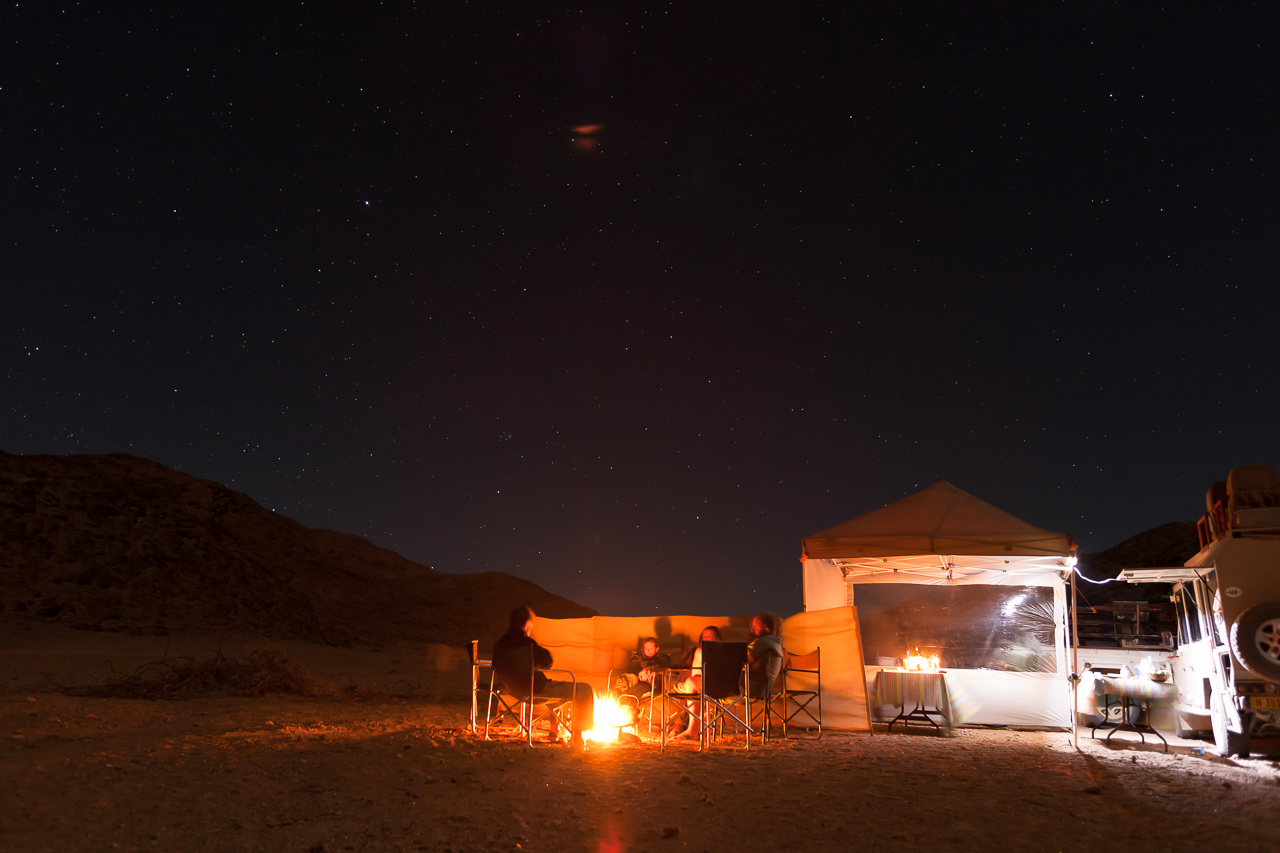
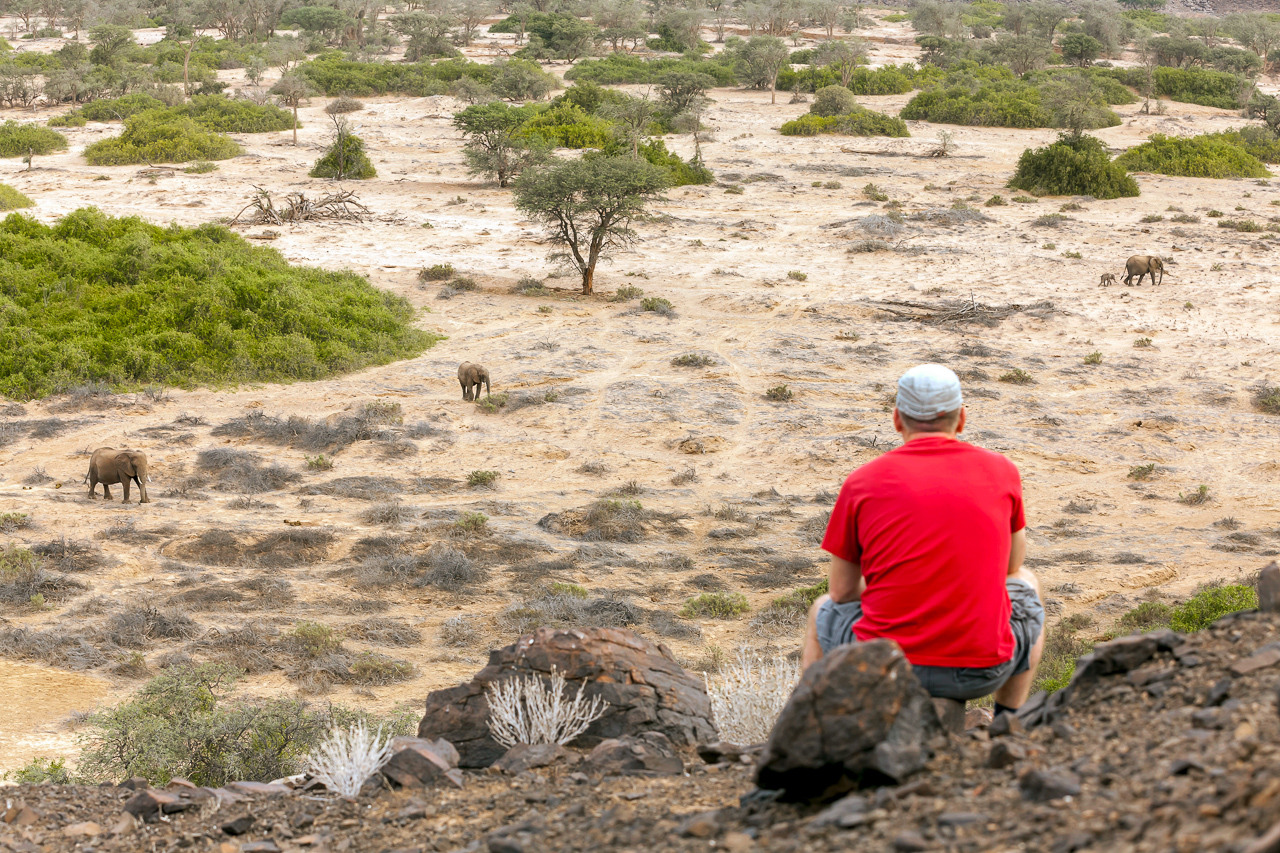
Damaraland is one of Namibia’s most fascinating and beautiful regions. It is situated north of the Swakopmund – Windhoek line (Erongo), and south of Kaokoland (Kunene). Its interior is characterised by table mountains, hills and canyons.
This is the kingdom of the desert adapted elephants. The elephants like to remain close to the Ugab and the Huab Rivers, which will be our areas to explore and set up camp for the night. Both rivers are seasonal that only carry water after rains.
Where we set up camp site will be decided on the way by the team. This always depends on the weather and the course of the day.

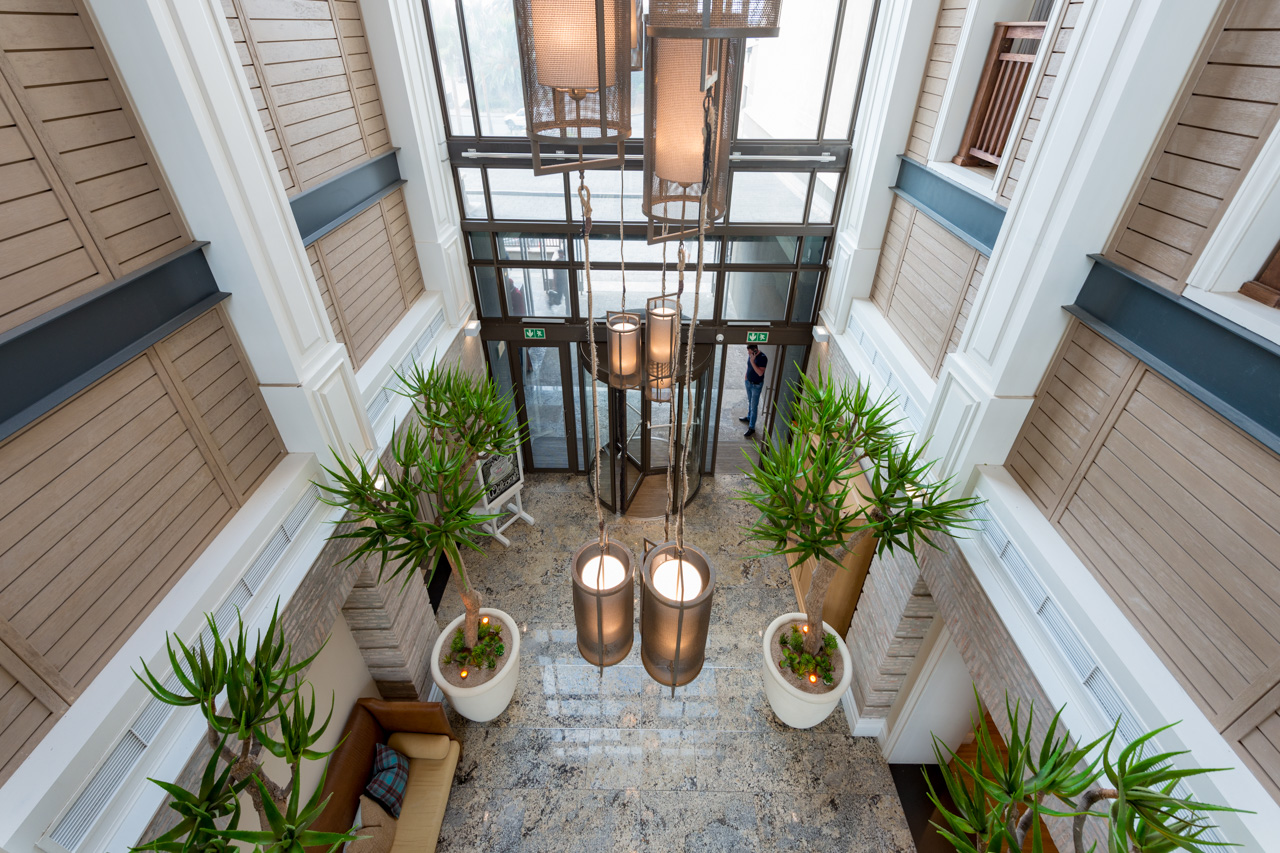
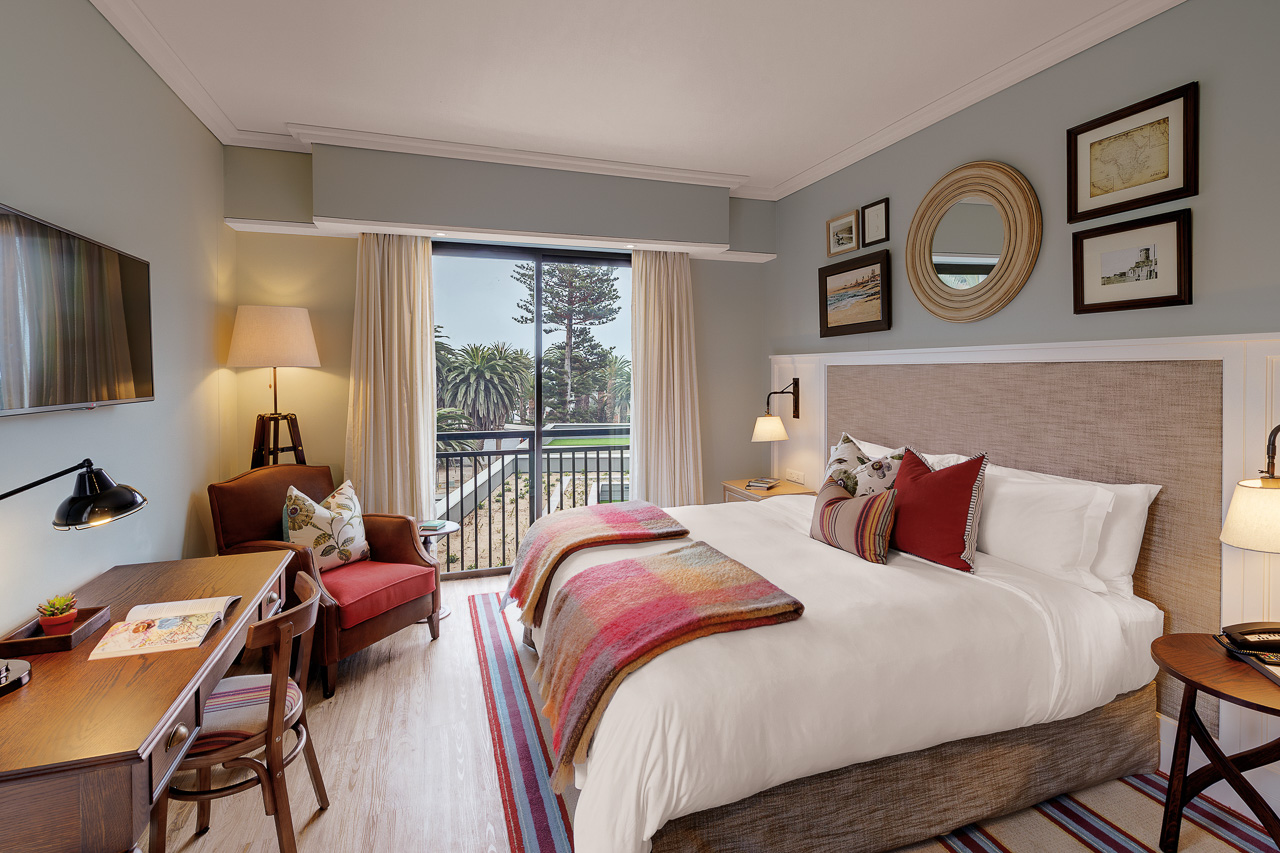
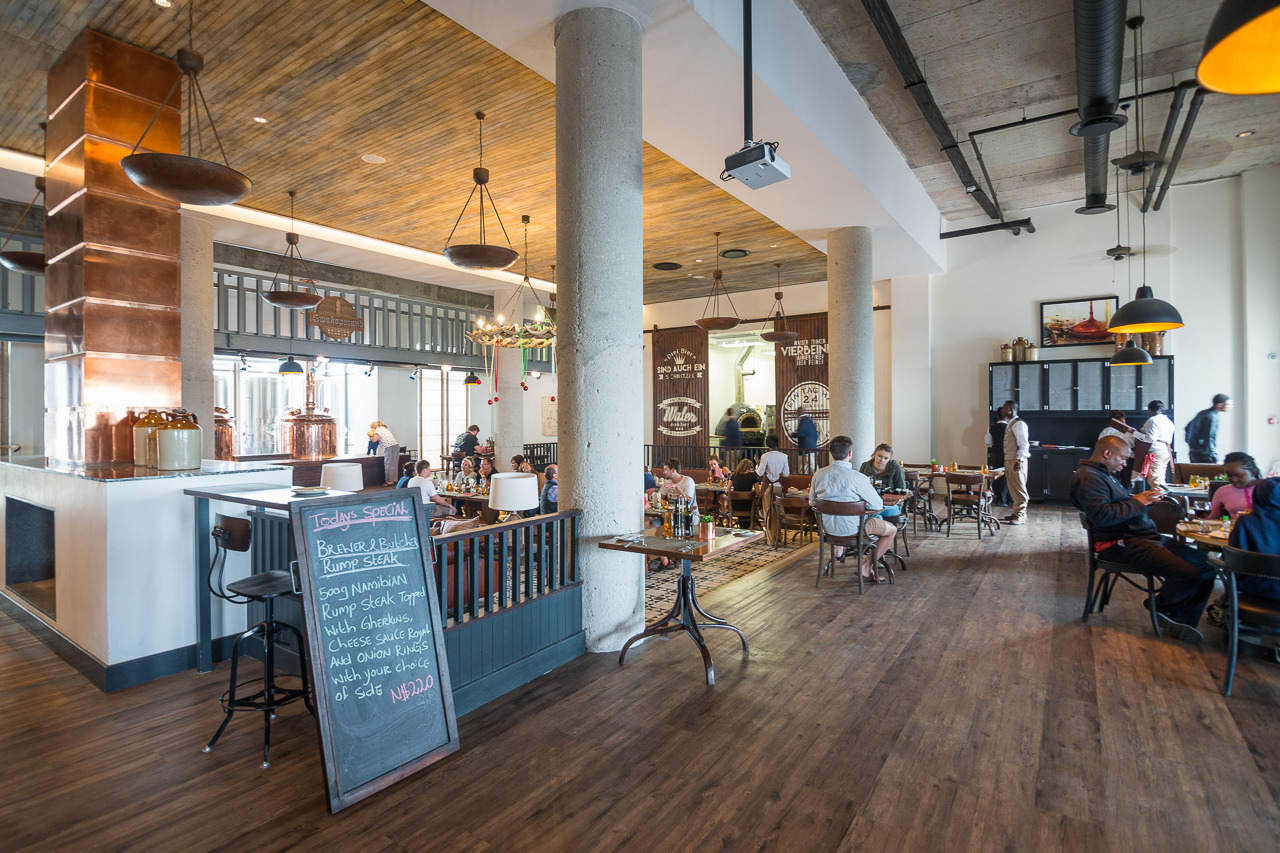
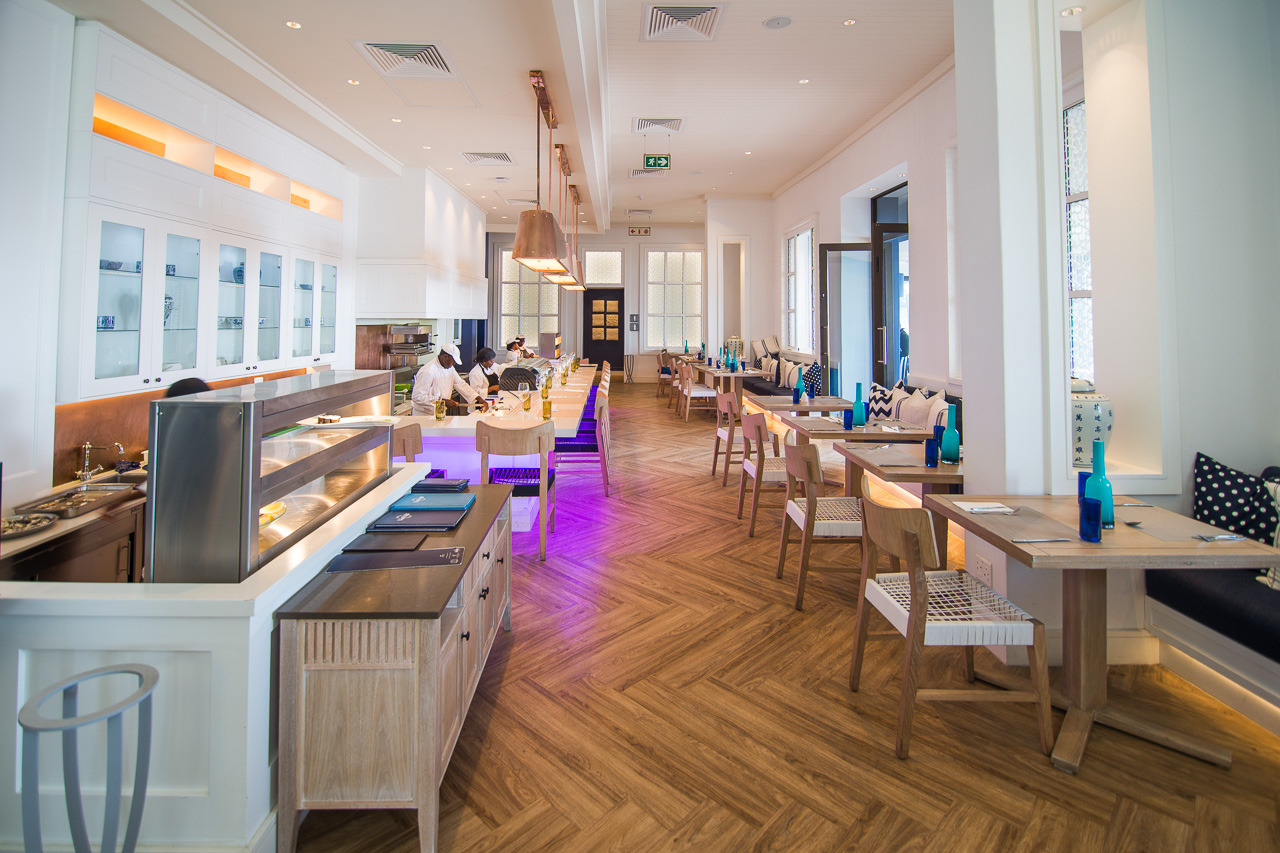
Accommodation The new Strand Hotel has set a new standard in Swakopmund. Uniquely located on the iconic and historic Swakopmund Mole and surrounded on three sides by the Southern Atlantic Ocean its 125 rooms and suites make this hotel one of the larger ones in town, but of those certainly the one with the best seaside location. All rooms have tea & coffee stations, mini-bars, hair-dryers, TV’s, free Wi-Fi Internet access, telephones and air-conditioning.
The Strand Hotel offers its residential guests and all casual visitors three exciting restaurants. The Farmhouse Deli is good for coffee, cake, sandwiches and fresh salads. The Brewer & Butcher welcomes beer and meat lovers. The Ocean Cellar caters for guests who prefer seafood, sushi, oyster and a glass of fine white wine.
The Strand Hotel is destined to become the social epicenter of Swakopmund for locals and tourists alike.
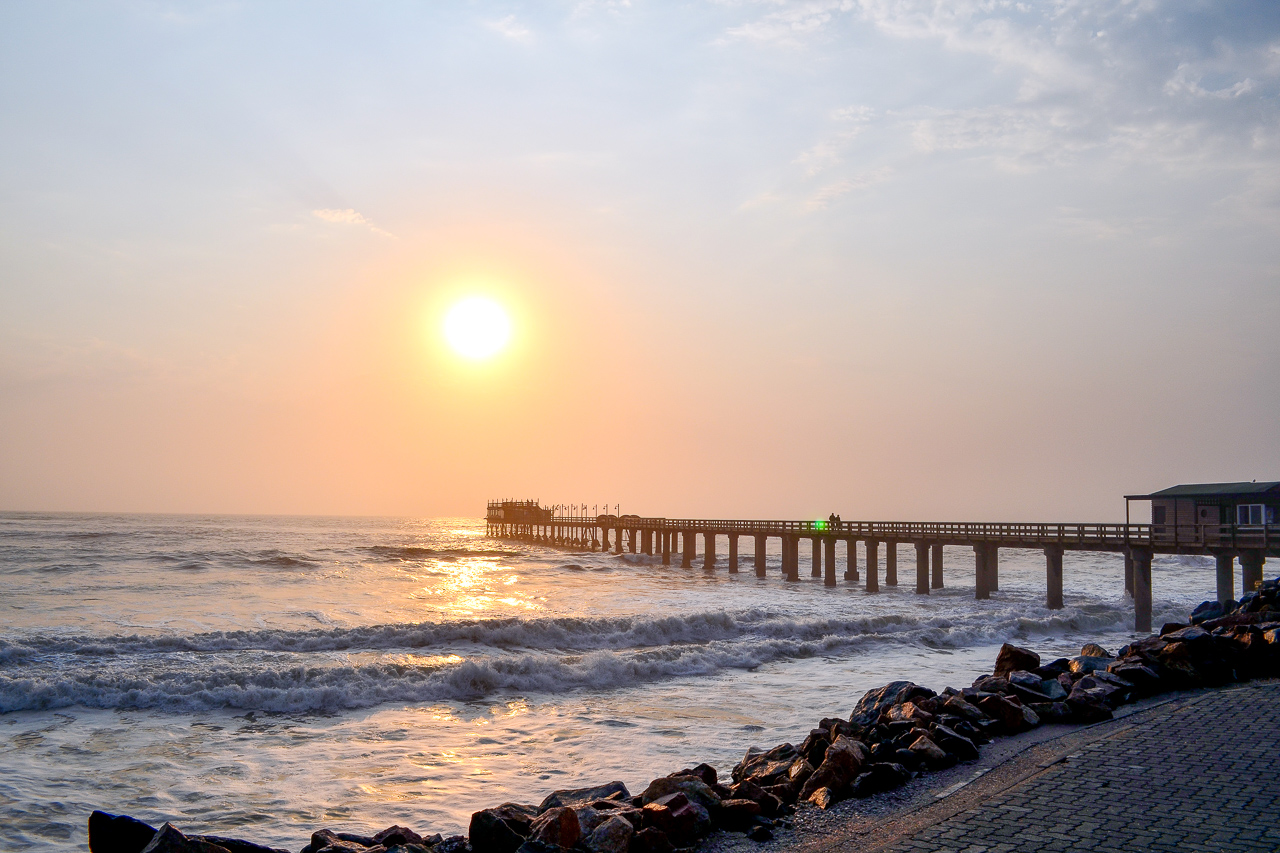
Swakopmund was the centre of German colonial rule, and relics of this chapter of its history can be found around every corner. Most noticeable of these is the long jetty, which stands witness to the German’s activities in this area and their attempt to create a usable port. Unfortunately, Swakopmund turned out to be wholly unsuitable for the task. Walvis Bay is a natural bay just 30 km south. It was occupied by the English as early as 1795, and later became a fish-processing industrial town under South African rule.
Swakopmund is charming. The old part of town is very pretty and offers several cafes, bakeries and, of course, the unavoidable beer houses. Time appears to have stood still in many parts, and it’s difficult not to keep rubbing your eyes in wonderment at the mix of German and African.
There’s a lot to do if you stay at Swakopmund: take a day trip southwards along the coast to Sandwich Harbour, hop on a boat at Walvis Bay and wait for the seals and pelicans to greet you, Kayak with seals, jump on a quad bike for a ride through the dunes, or just take a stroll along the beach and enjoy a tasty meal in one of the great restaurants. Swakopmund’s most famous landmark, the jetty, has been renovated and now boasts the appropriately named ‘Jetty 1905’ restaurant at its end.
Basic Information
Individual journey. A professional guide will accompany you on this trip. The journey will be planned on your preferred dates. You travel by vehicle only.
Duration 14 nights. Min 2, max 6 guests. Minimum age 12 years. Weight limit of luggage 20 kg.
Includes all transfers from Swakopmund to the hotels/camps to Twyfelfontein
- Palmwag Concession, Camping: Dome Tents. All meals, drinks, activities.
- Hoanib Valley, Camping: Dome Tents. All meals, drinks, activities.
- Orupembe / Onjuva, Camping: Dome Tents. All meals, drinks, activities.
- Serra Cafema: Standard Room. All meals, drinks (except premier brands), laundry service, twice daily shared activities with one of the camp guides.
- Rock Garden, Camping: Dome Tents. All meals, drinks, activities.
- Shipwreck Lodge: Standard Room. All meals, drinks (except premier brands), laundry service, twice daily shared activities with one of the camp guides.
- Huab Damaraland, Camping: Dome Tents. All meals, drinks, activities.
- Strand Hotel: Luxury Room. Breakfast.
Learn more about these areas









